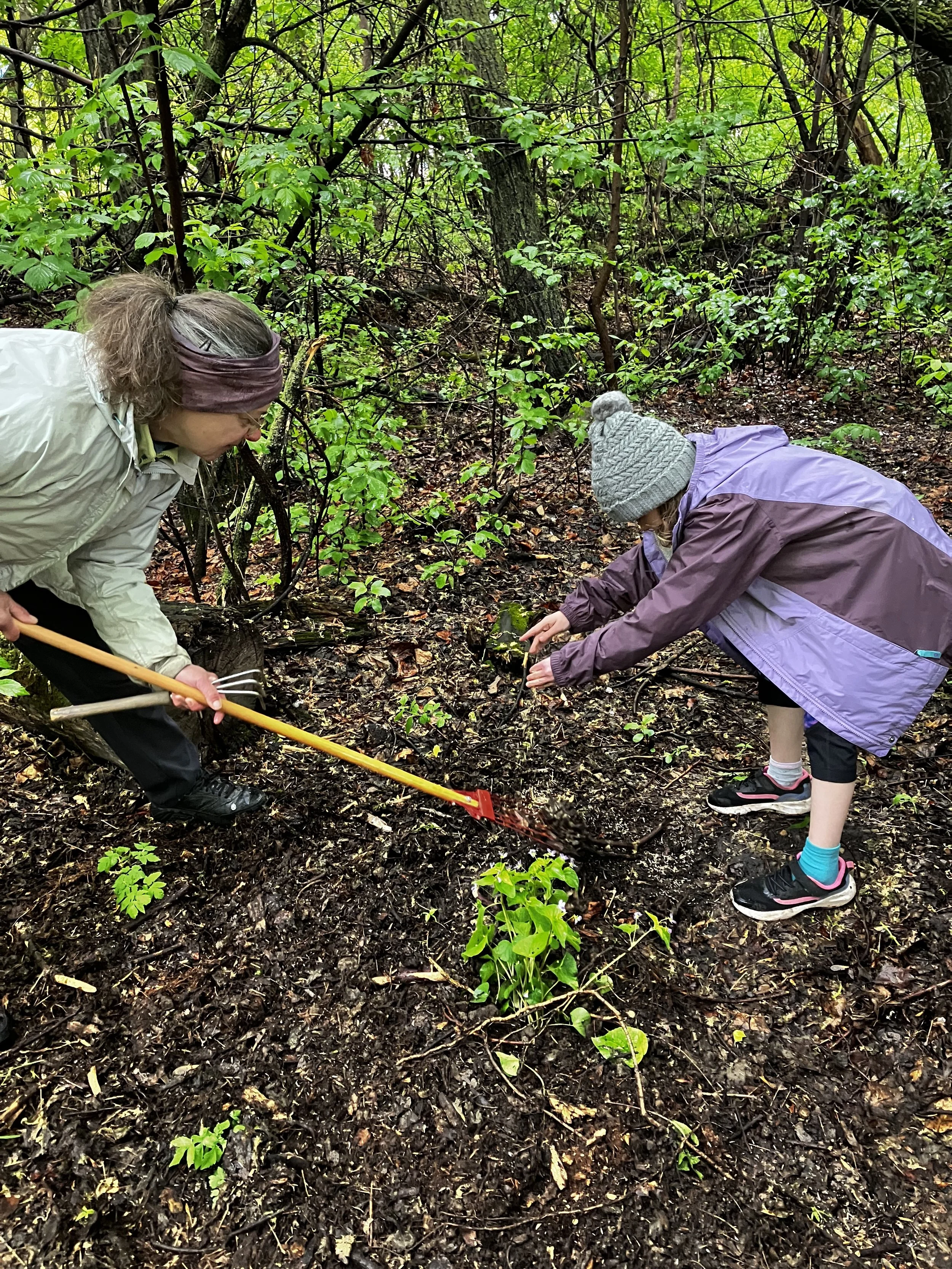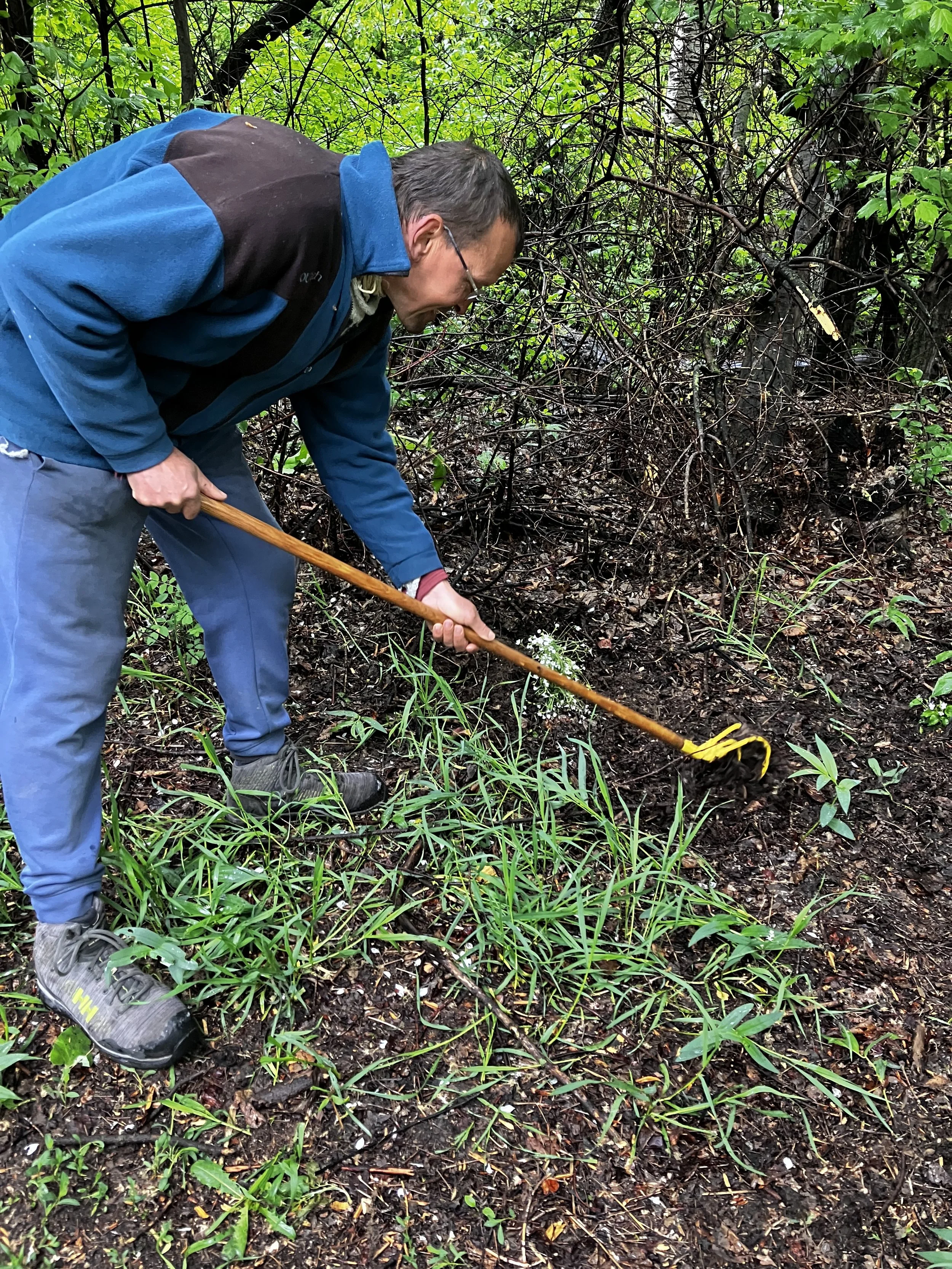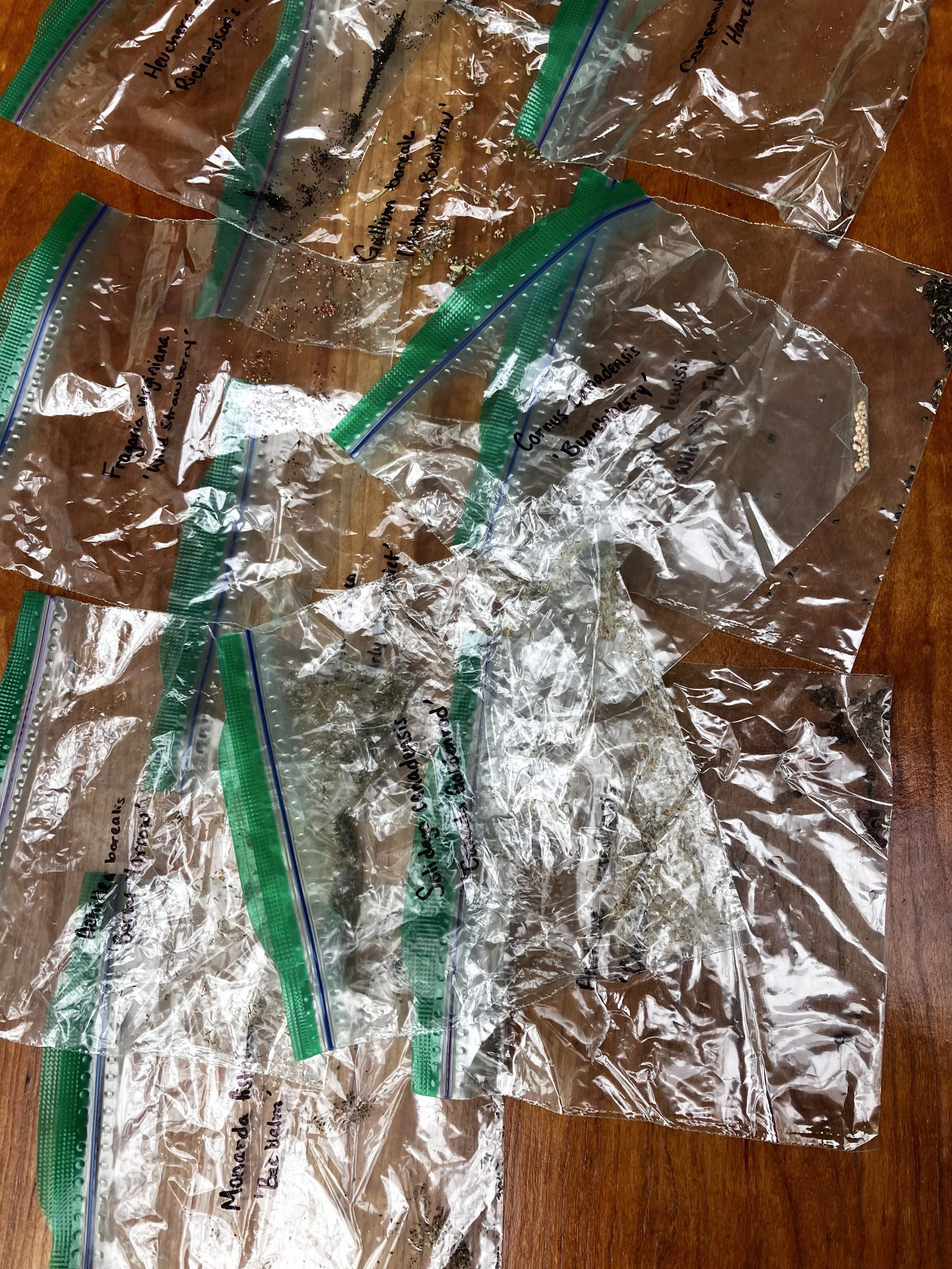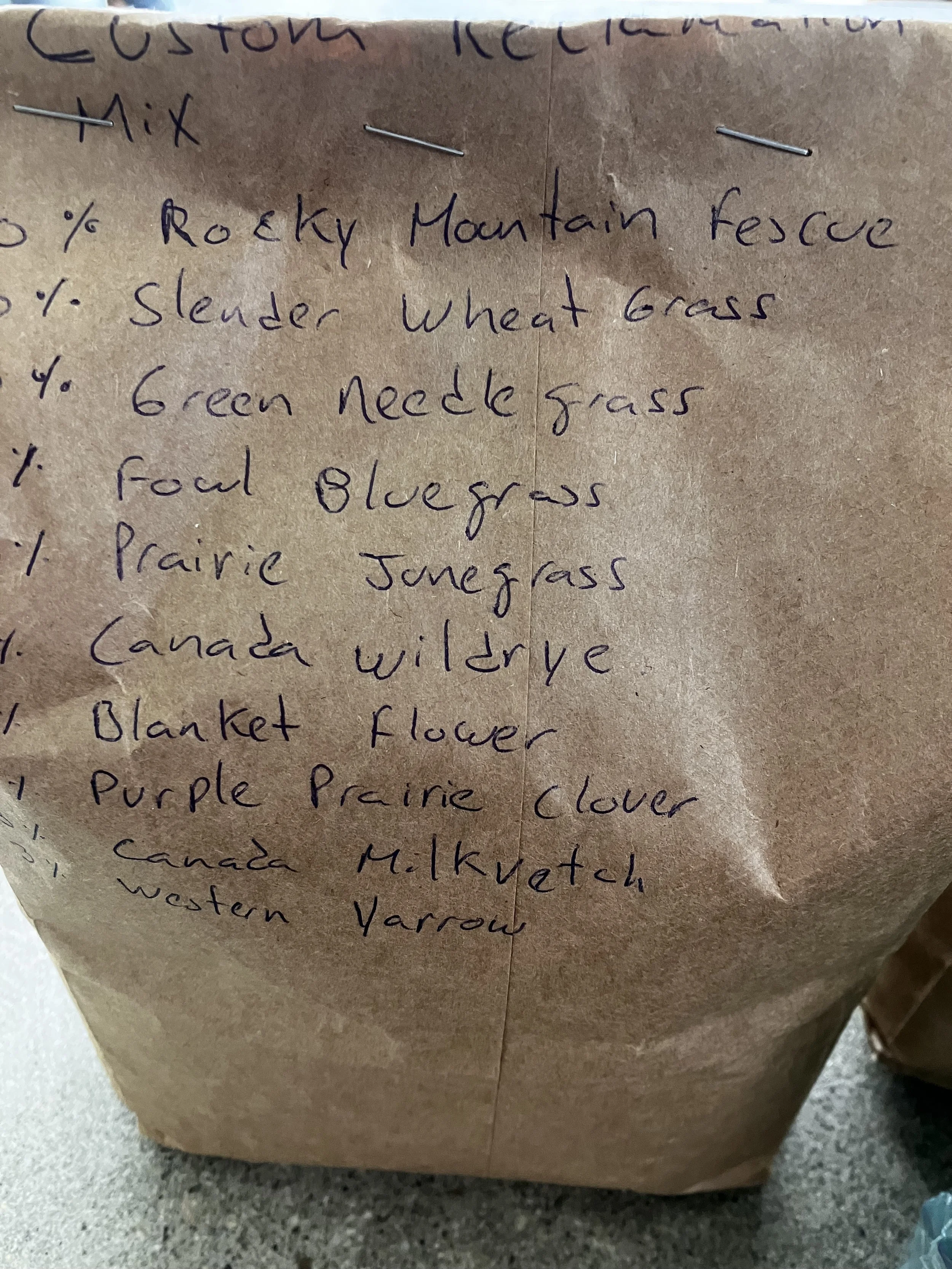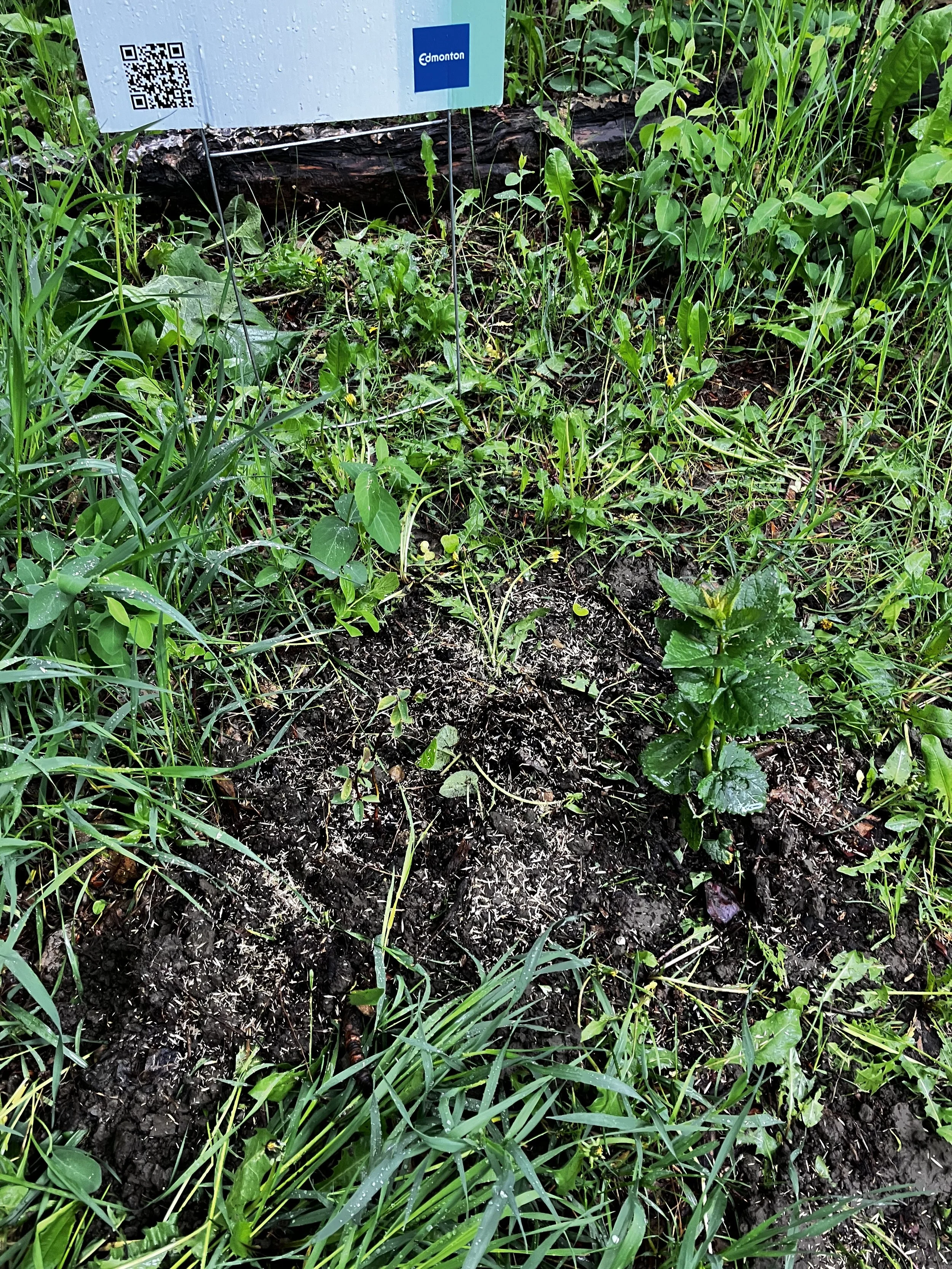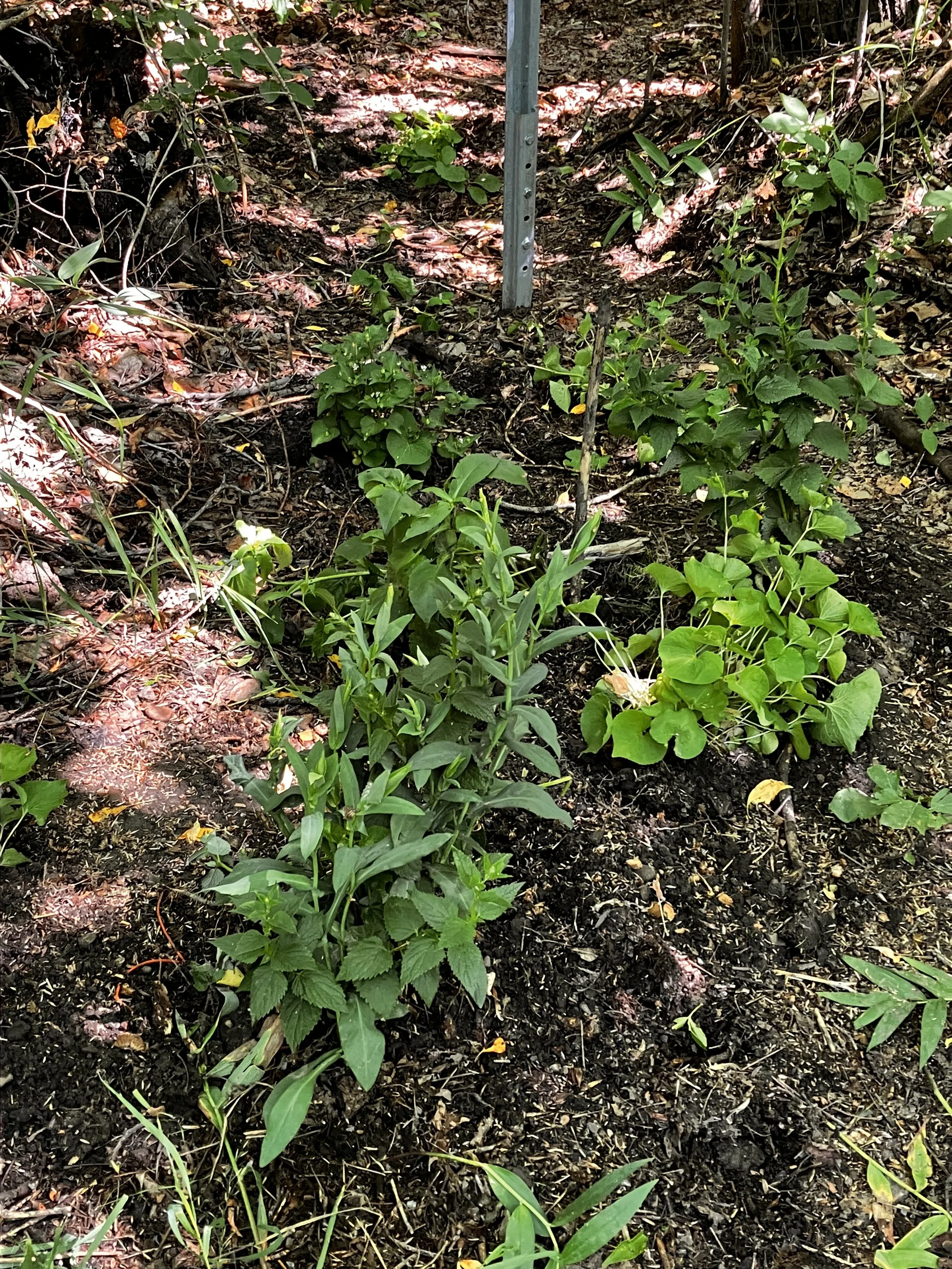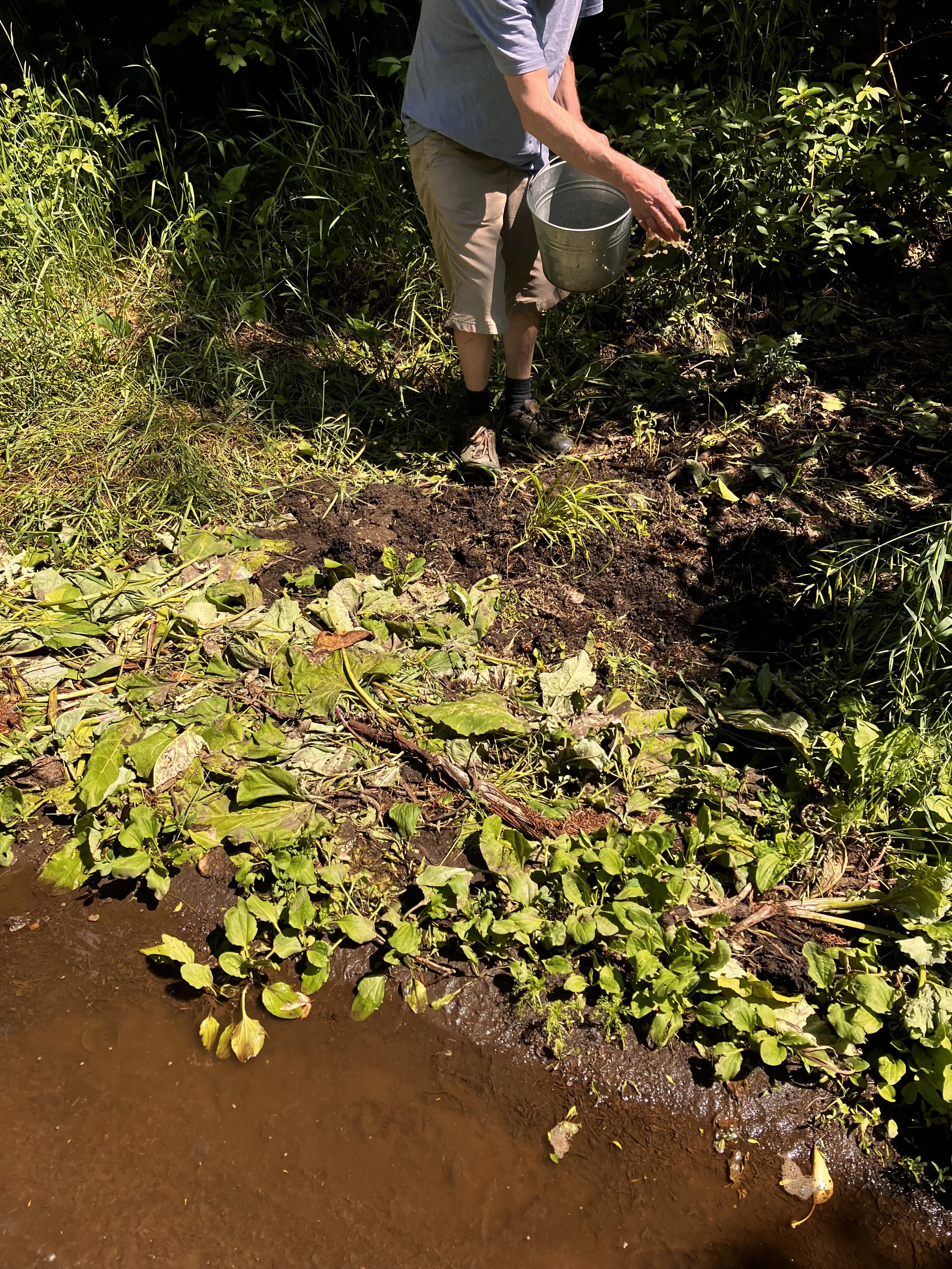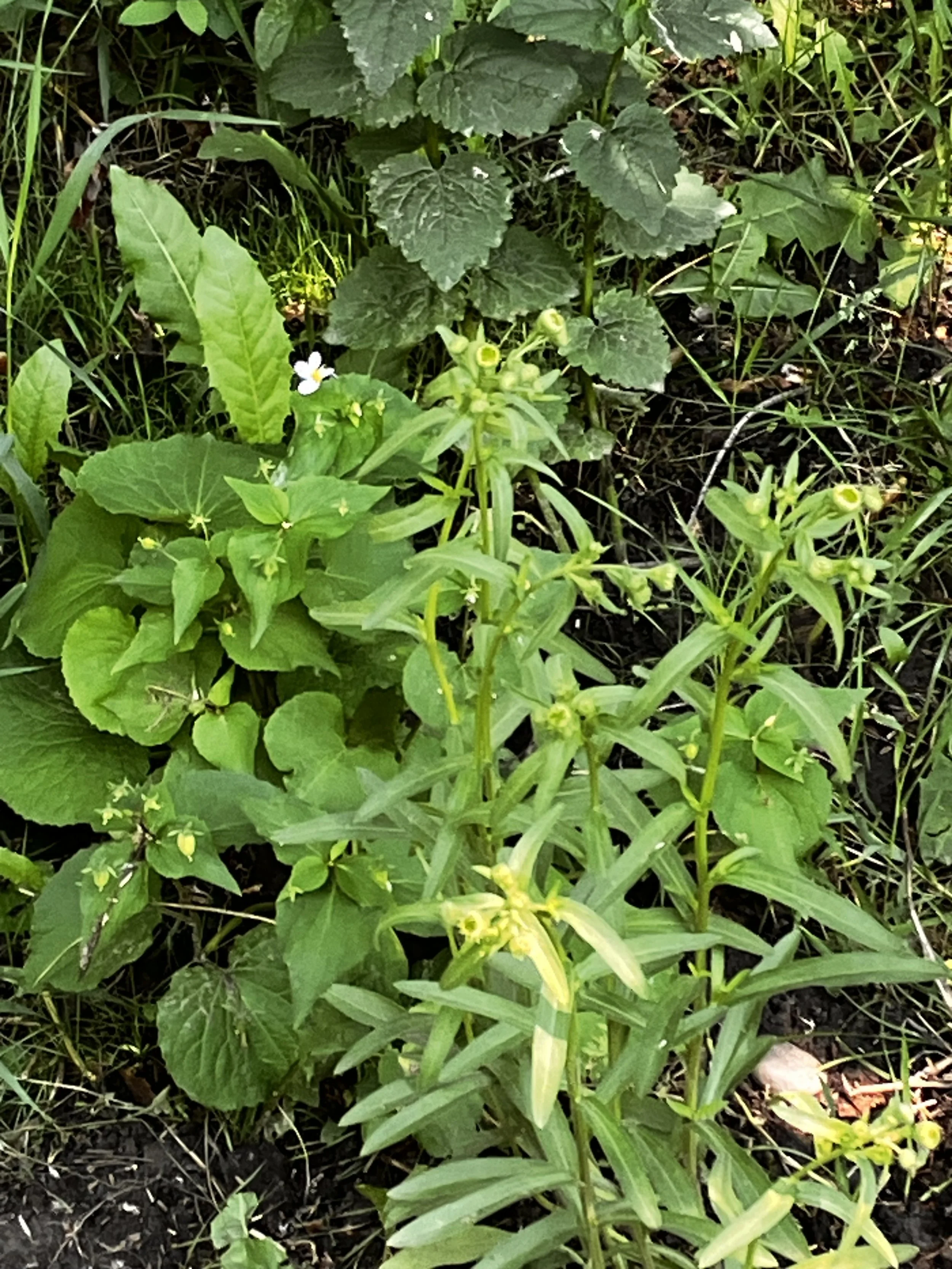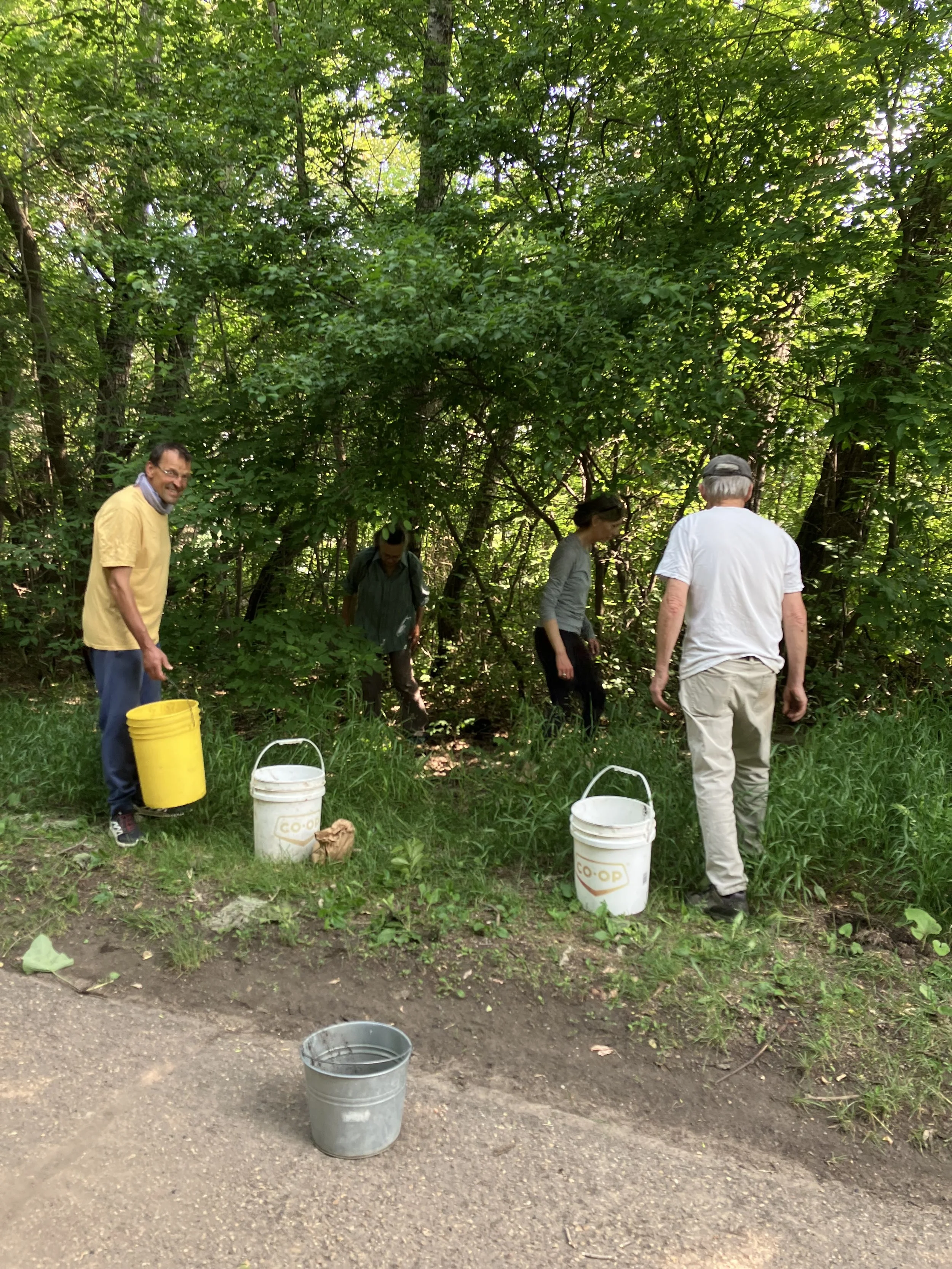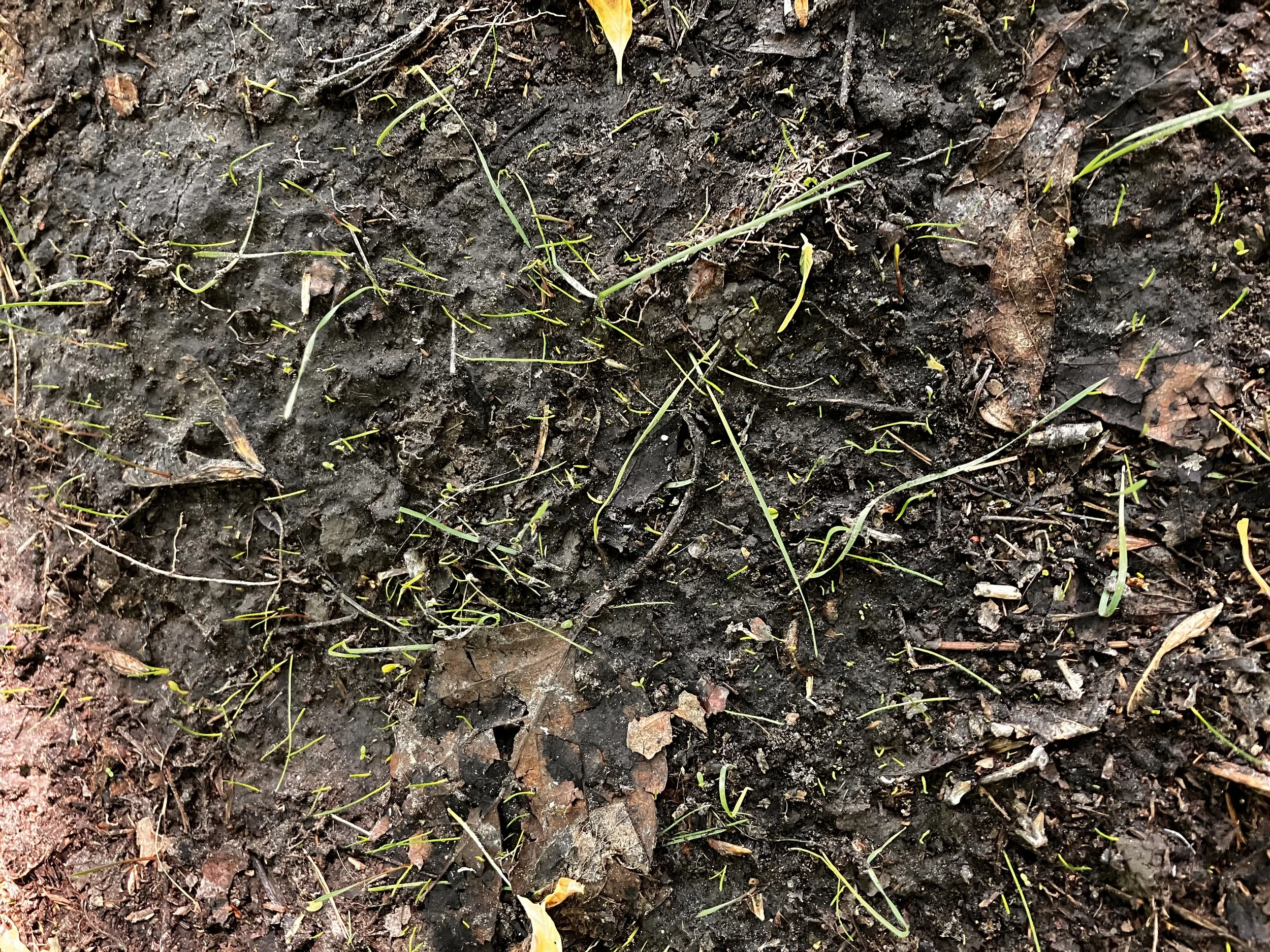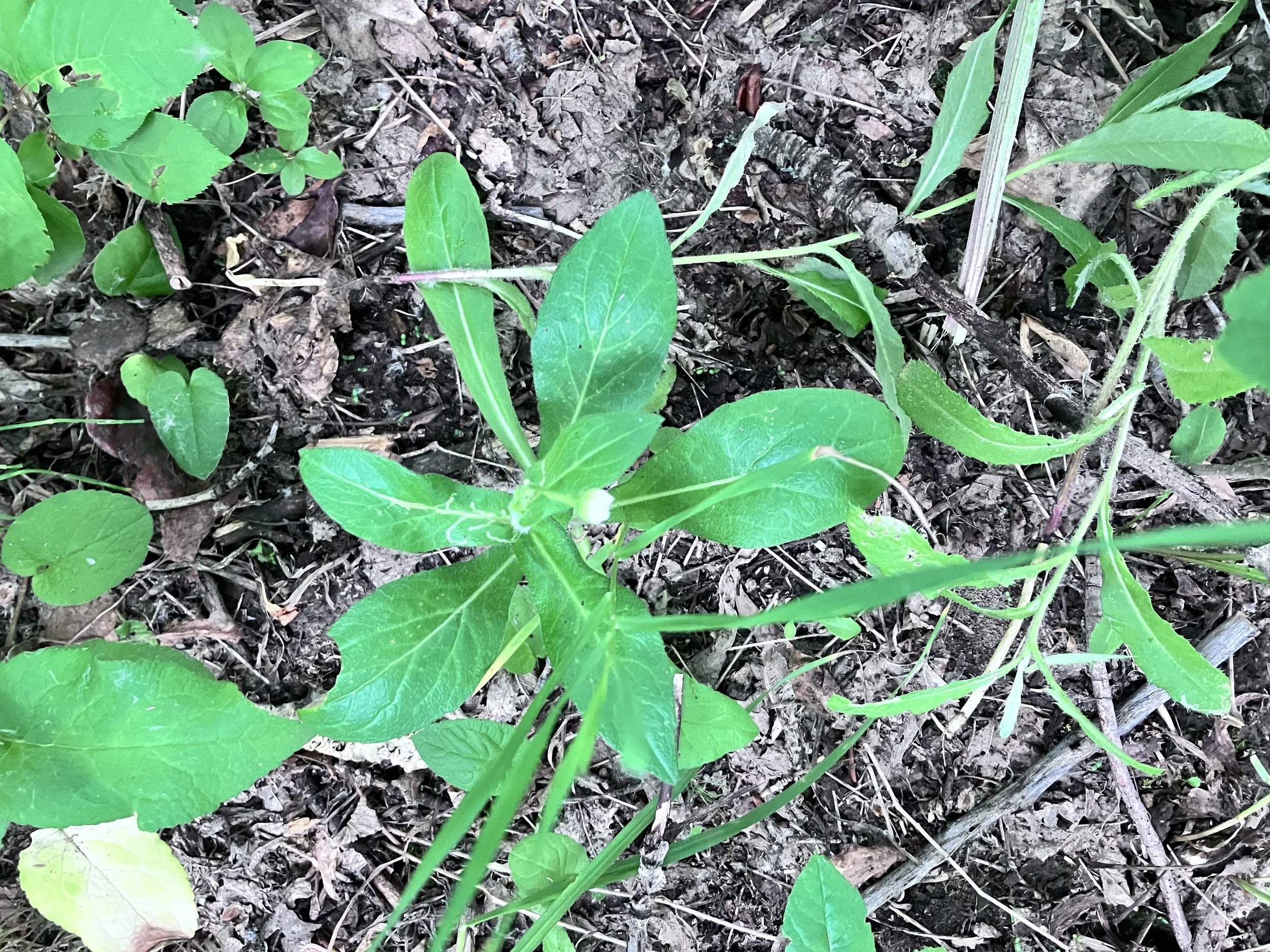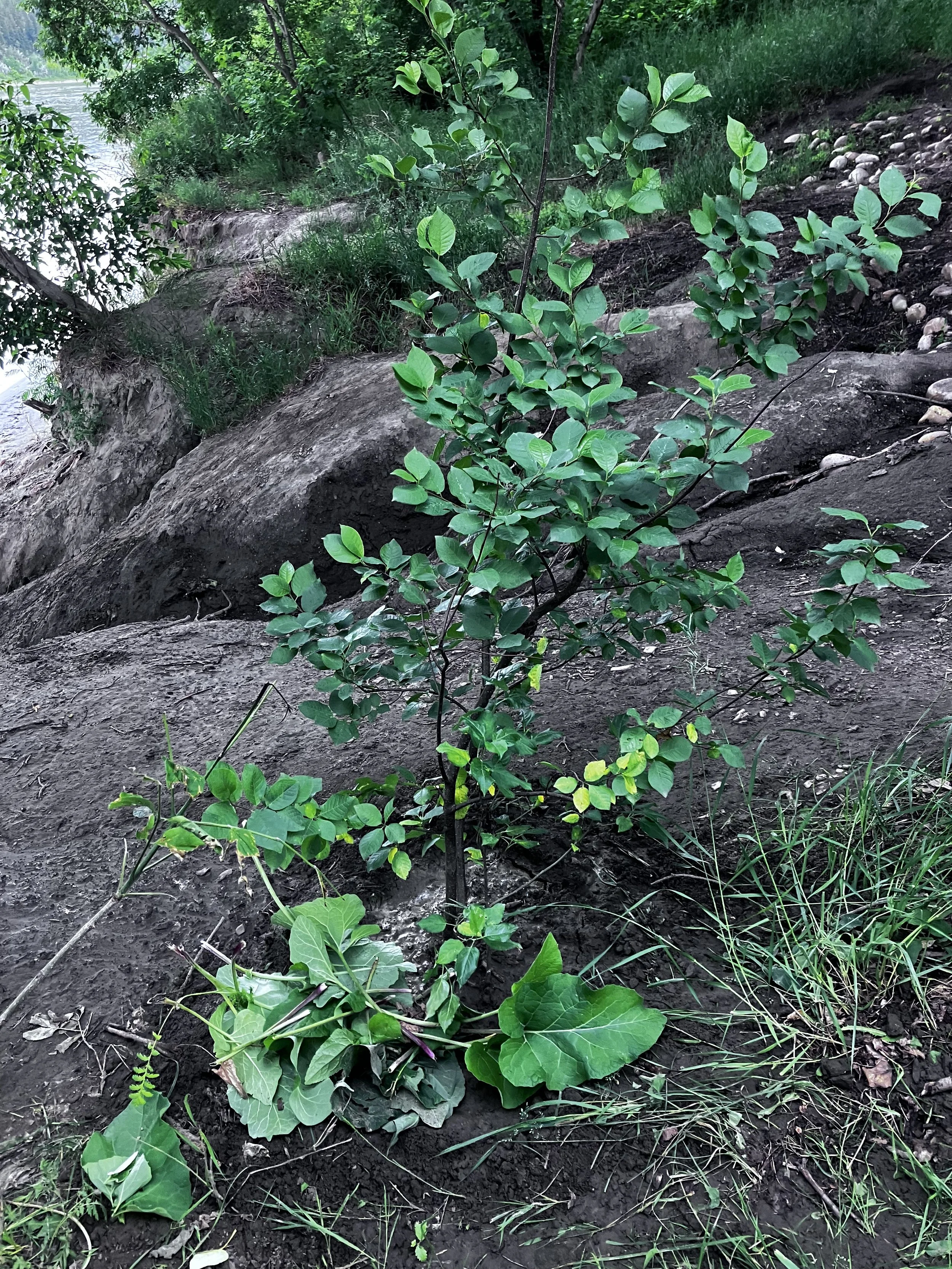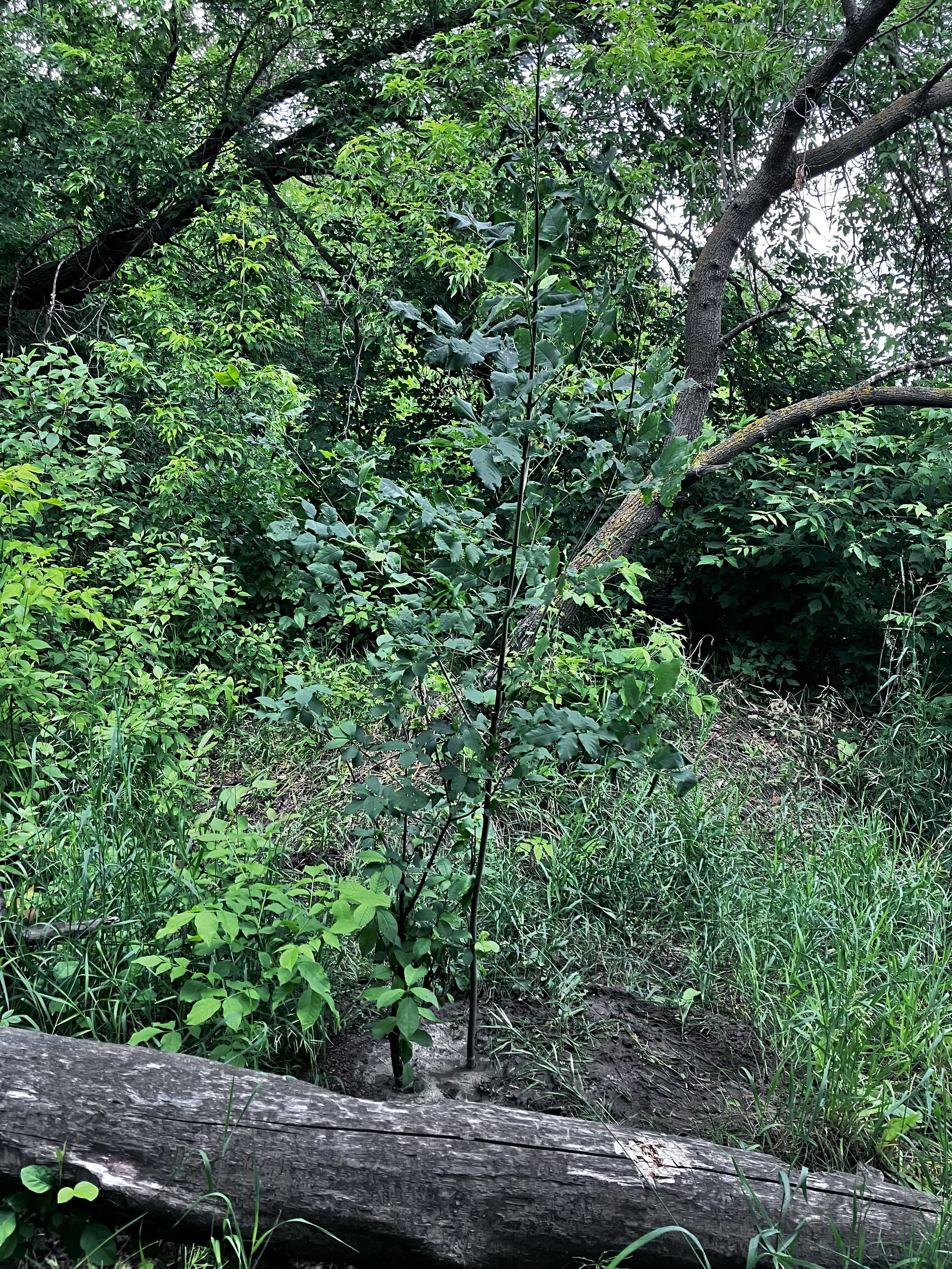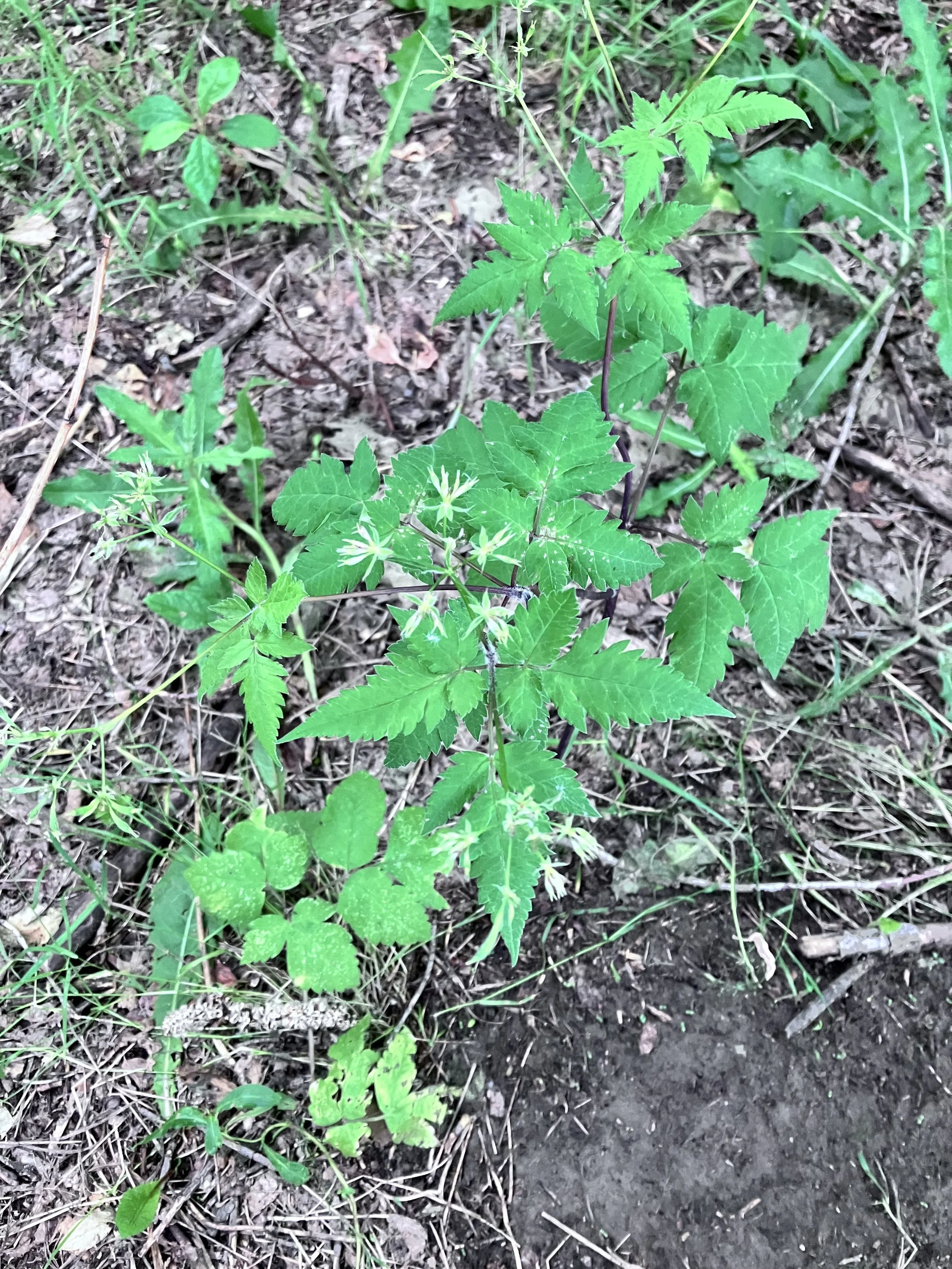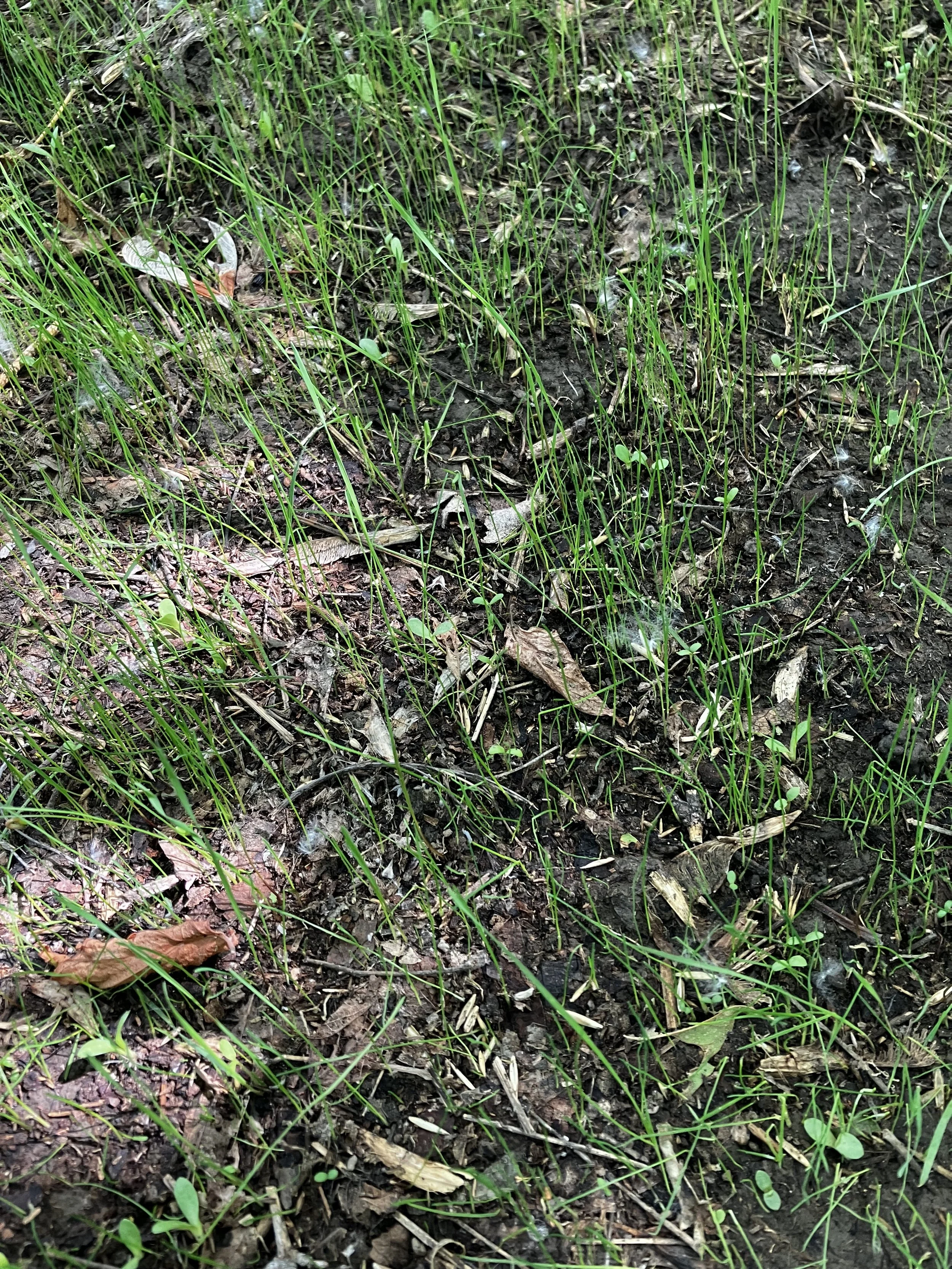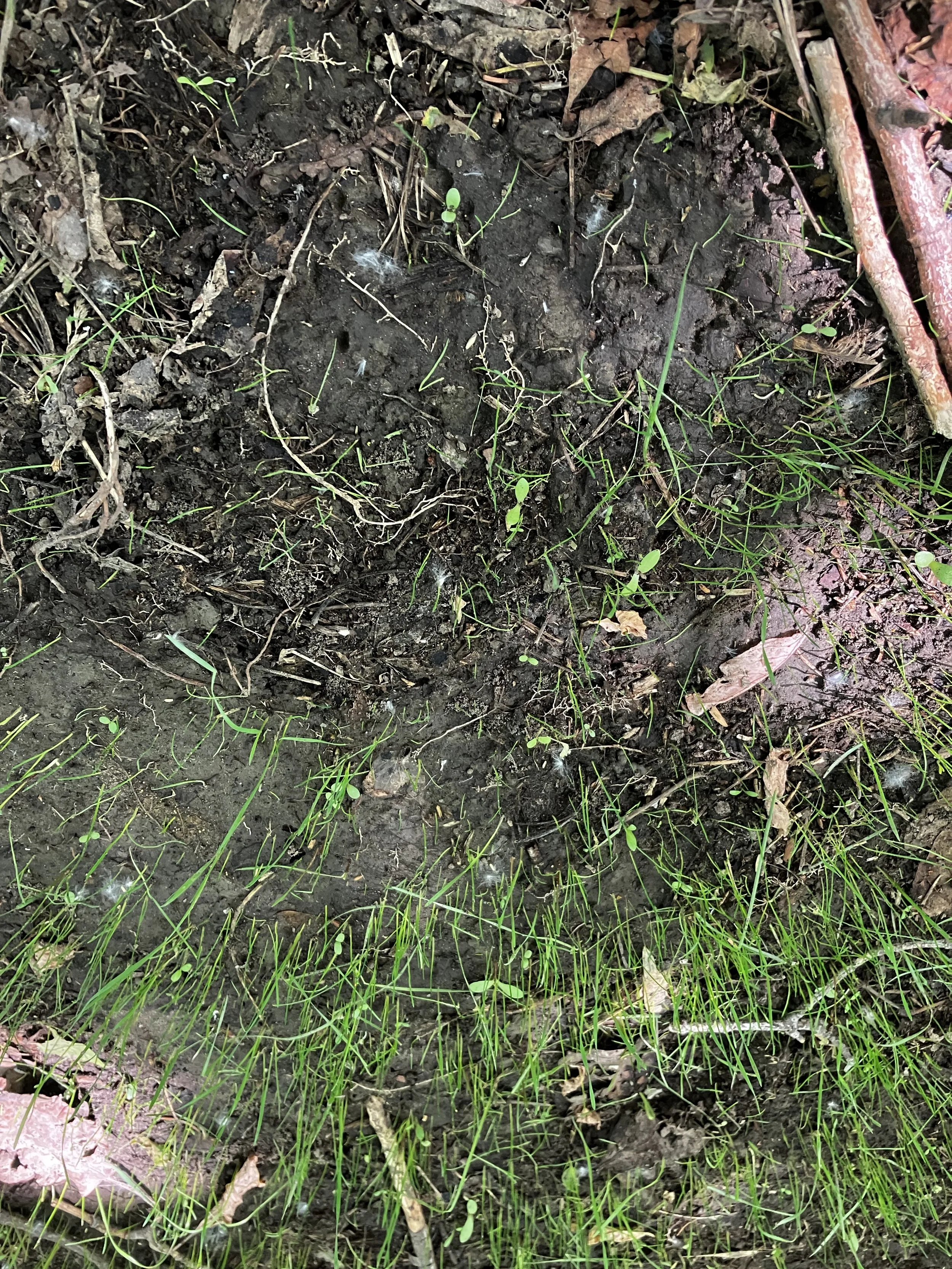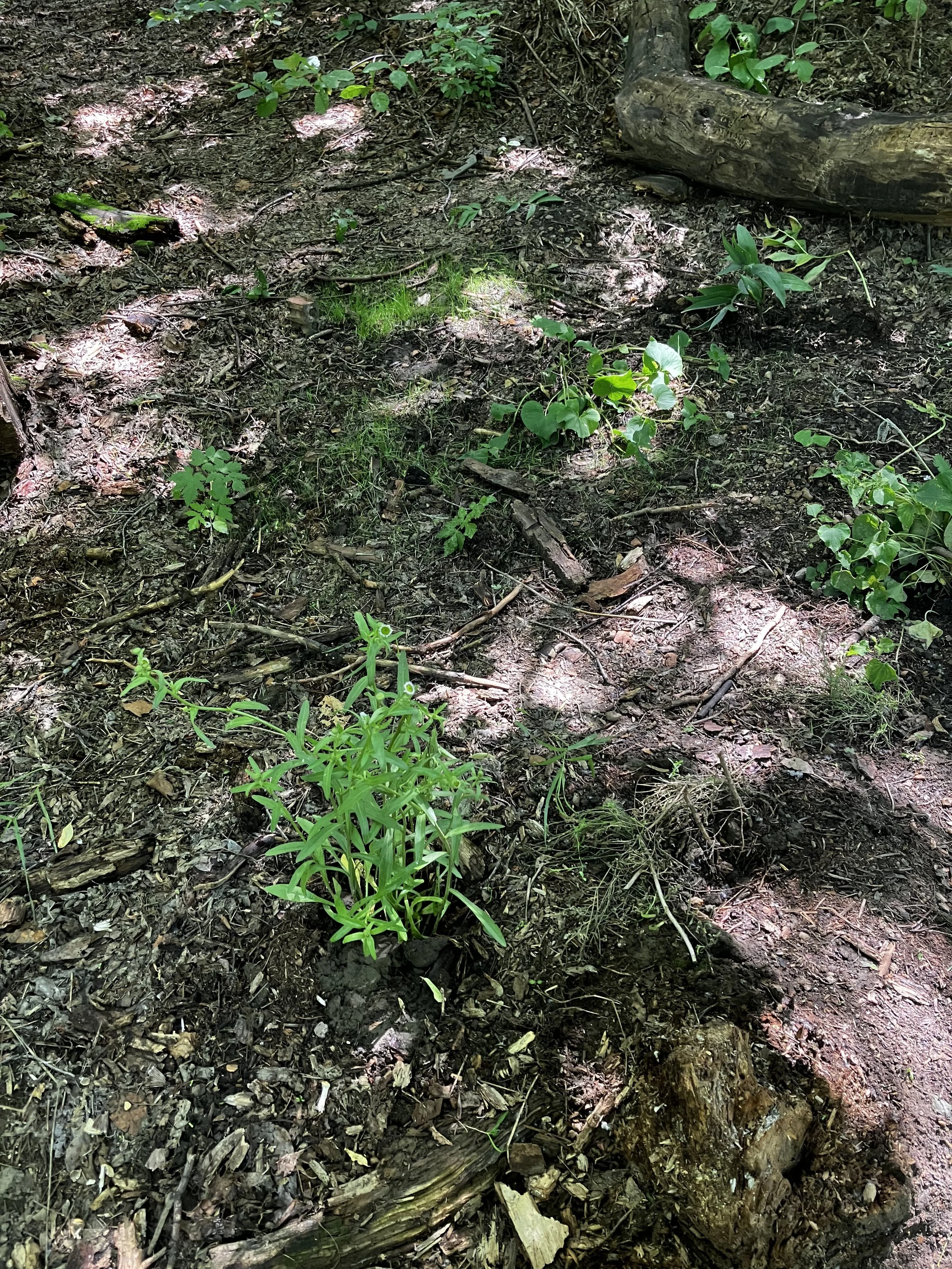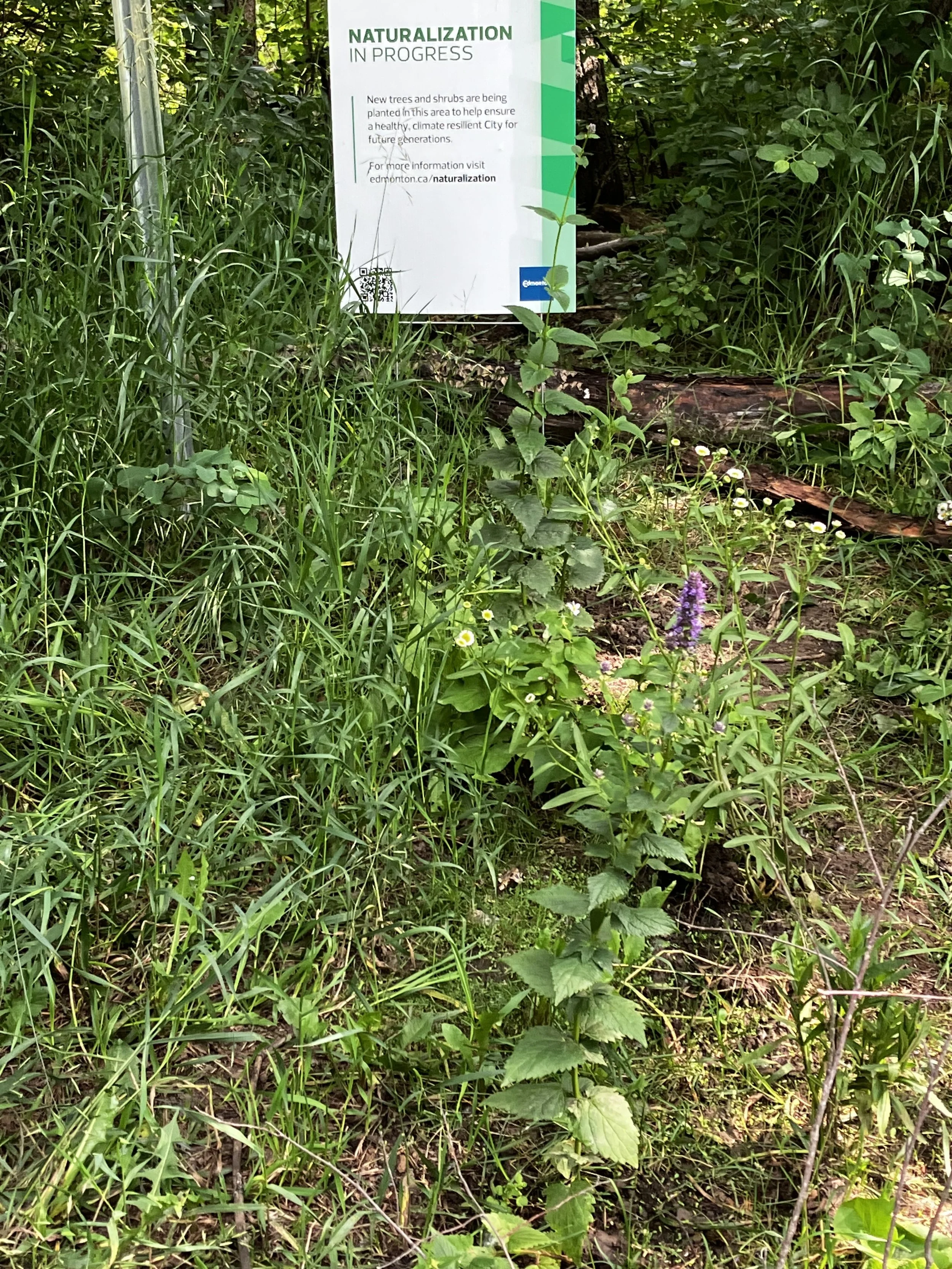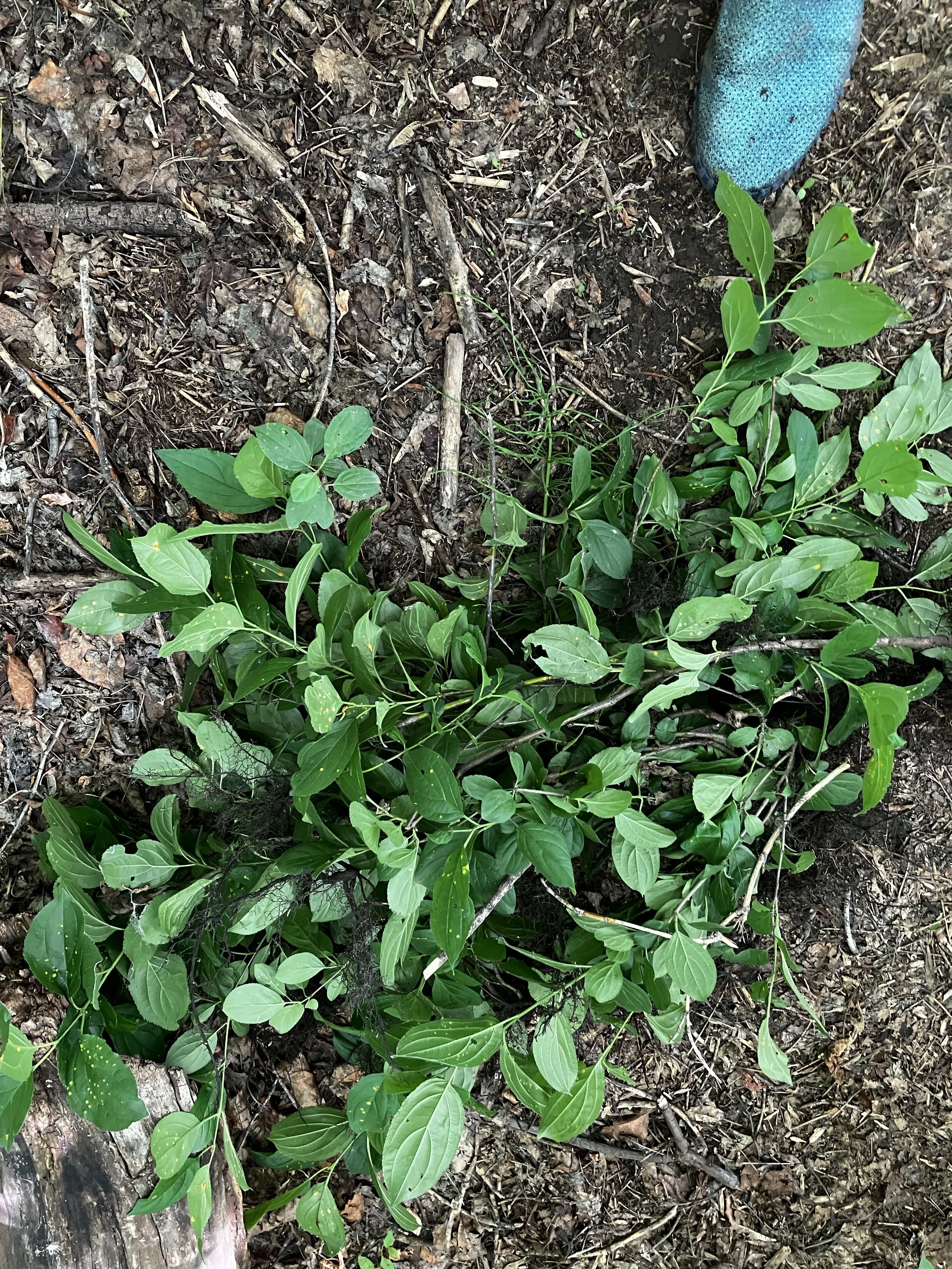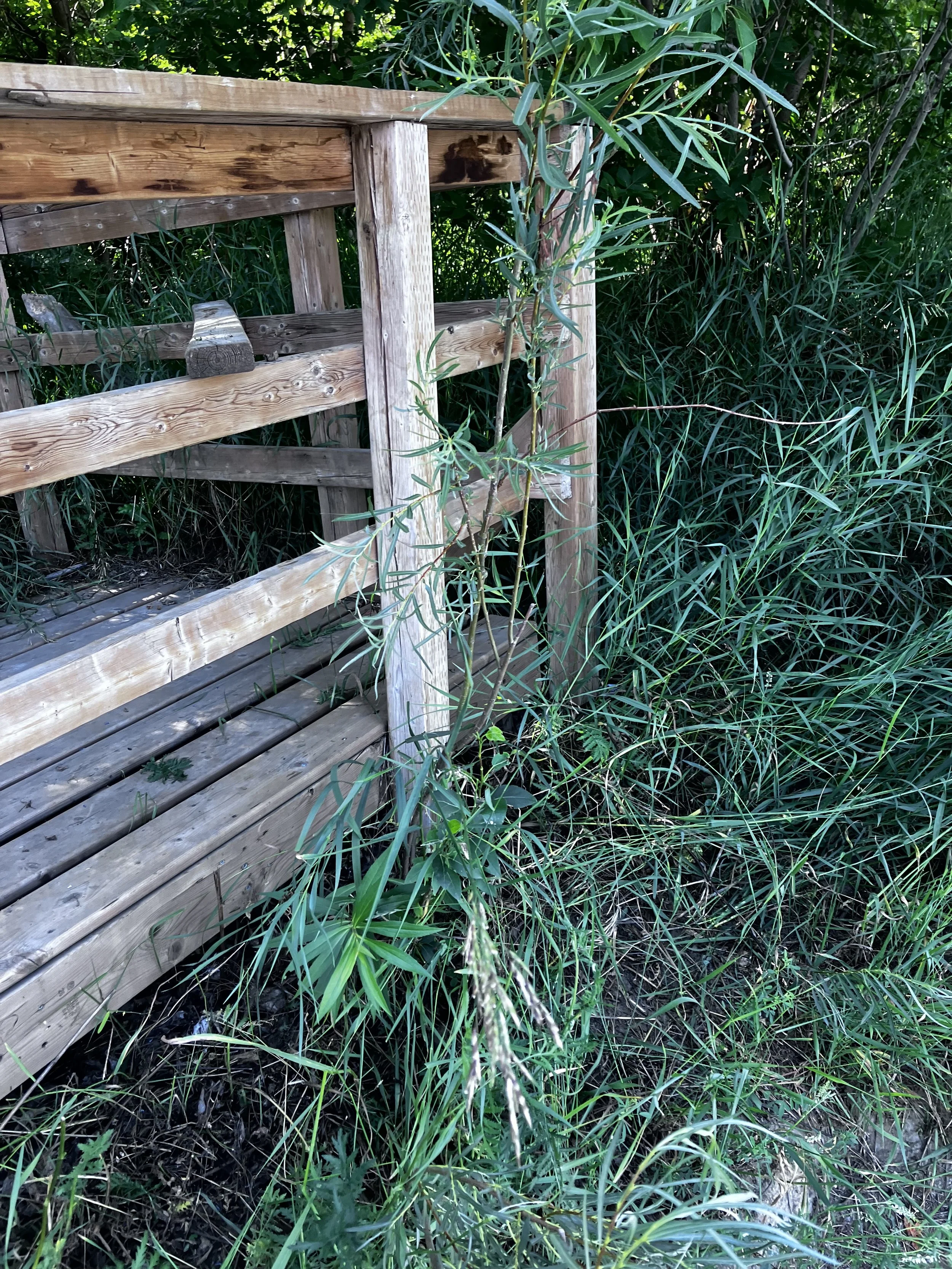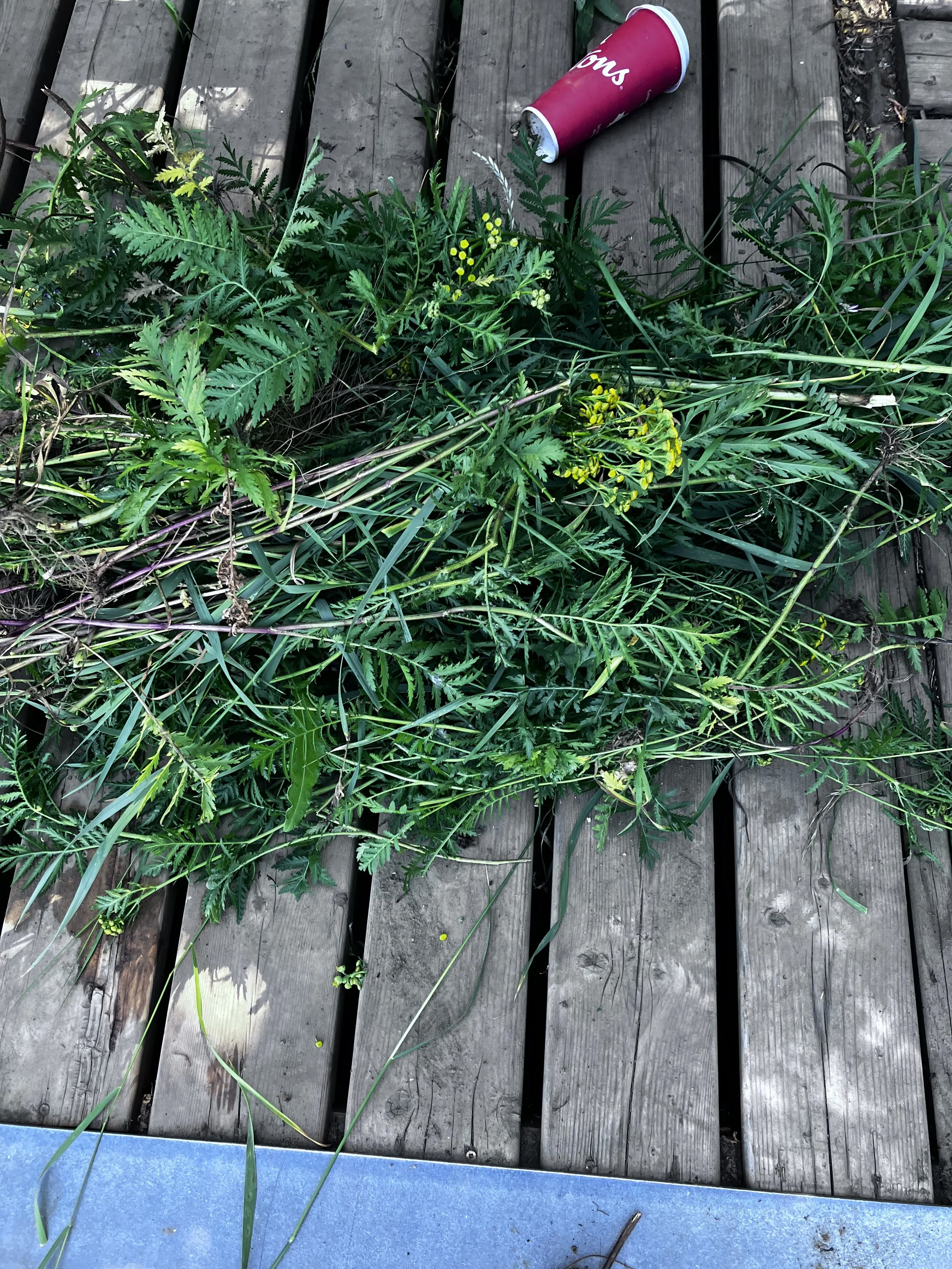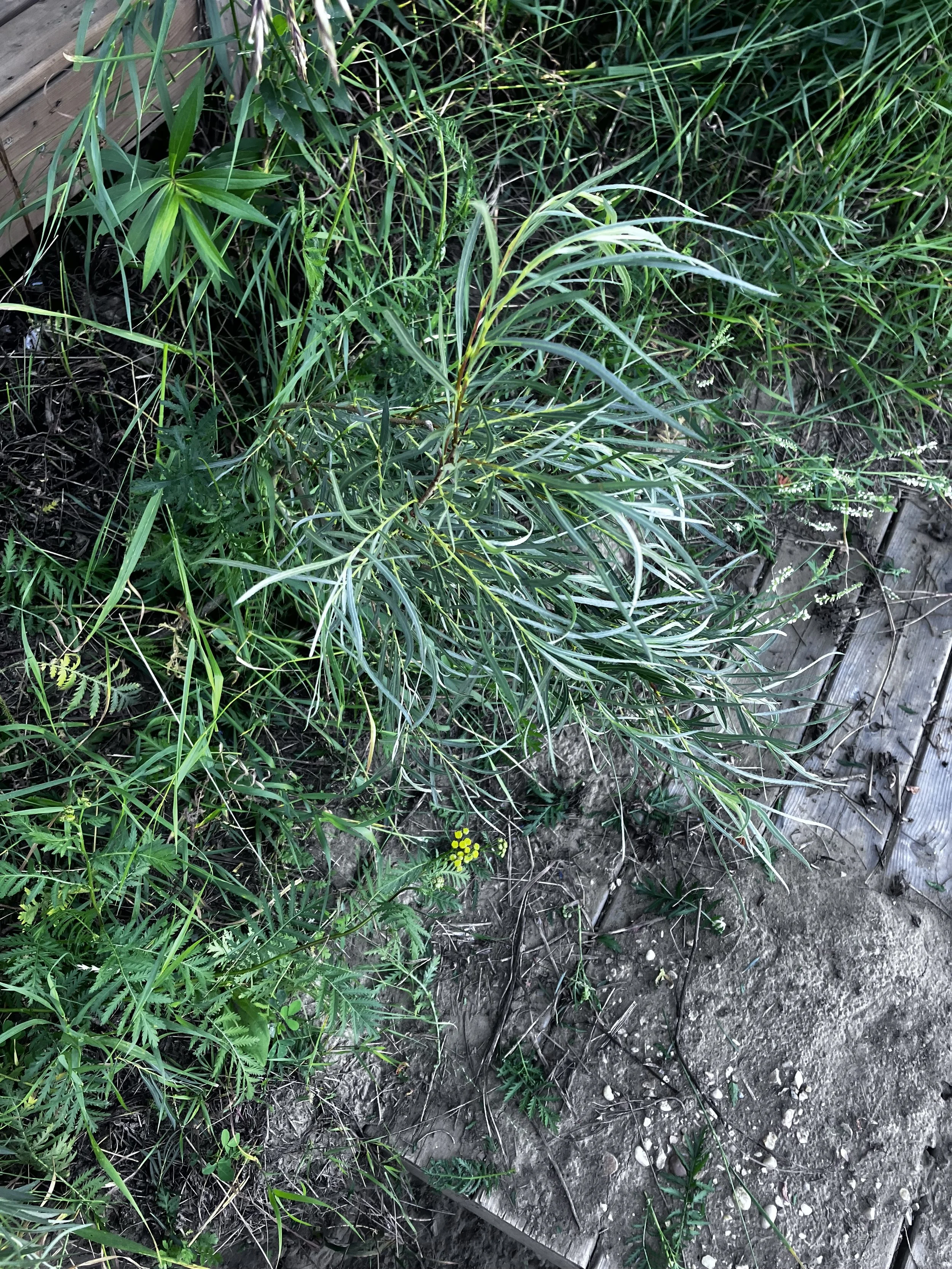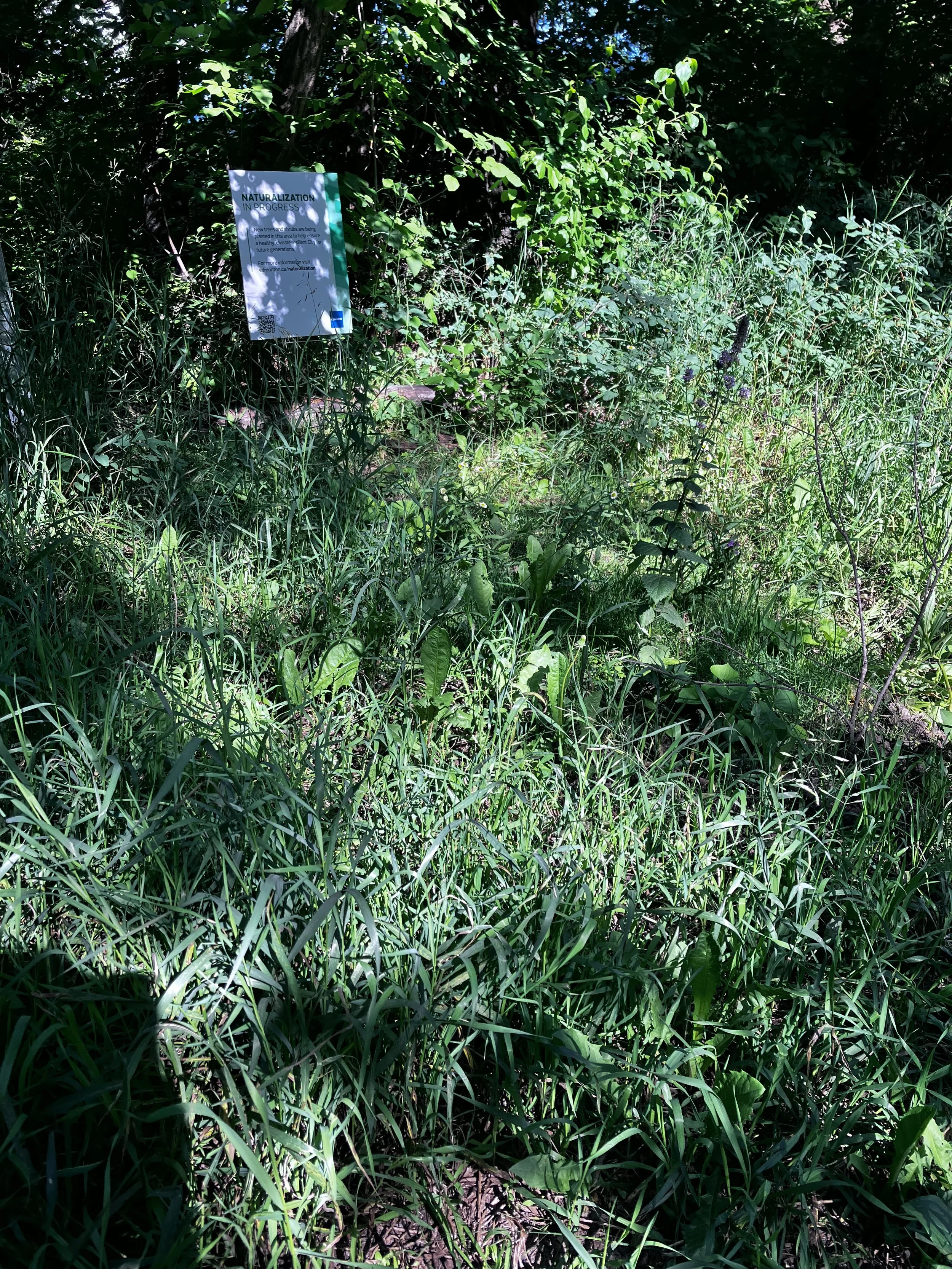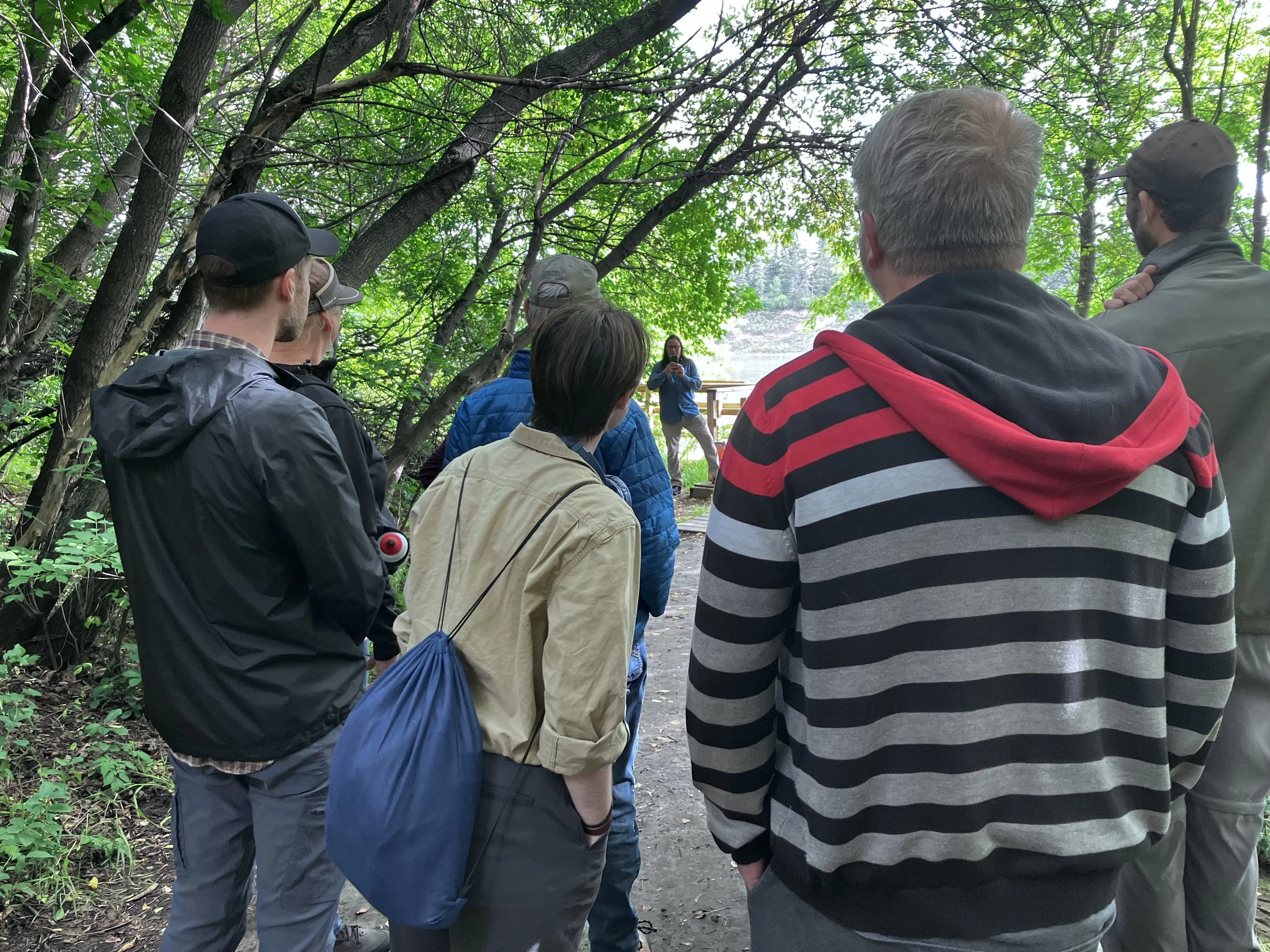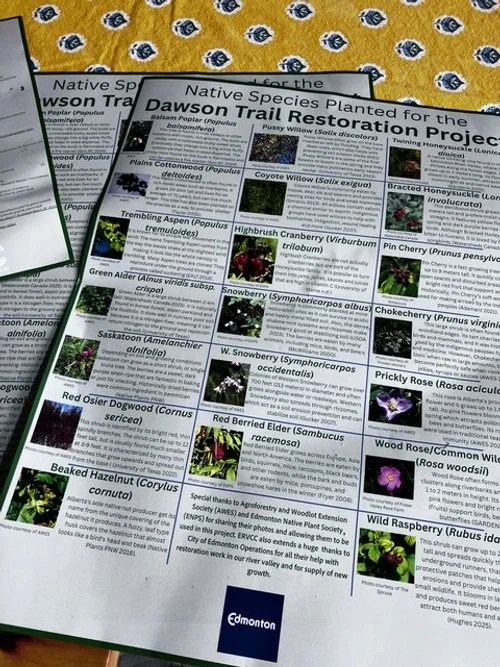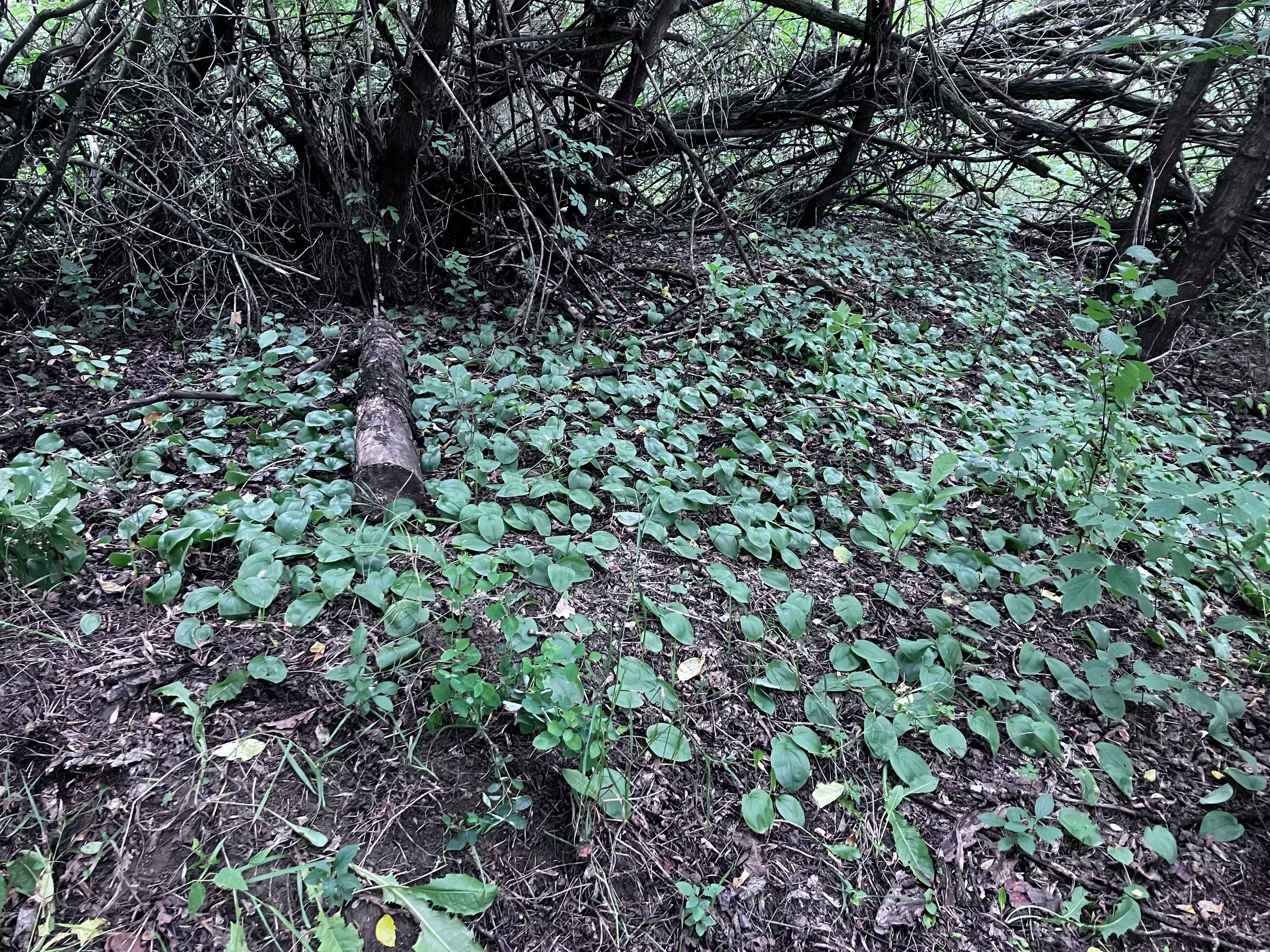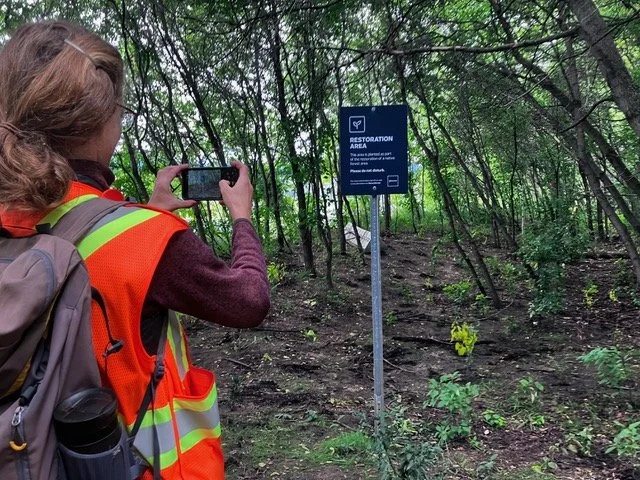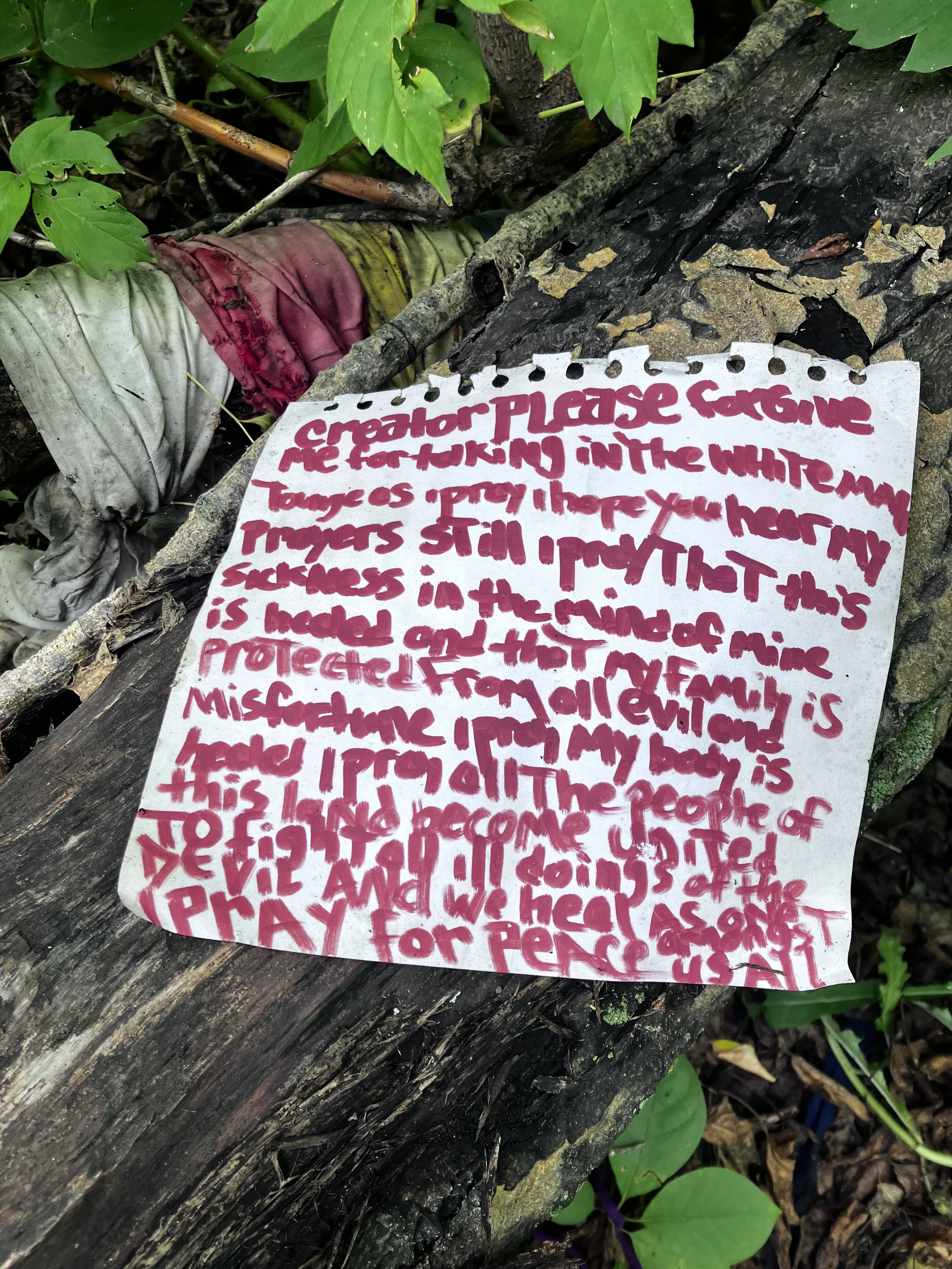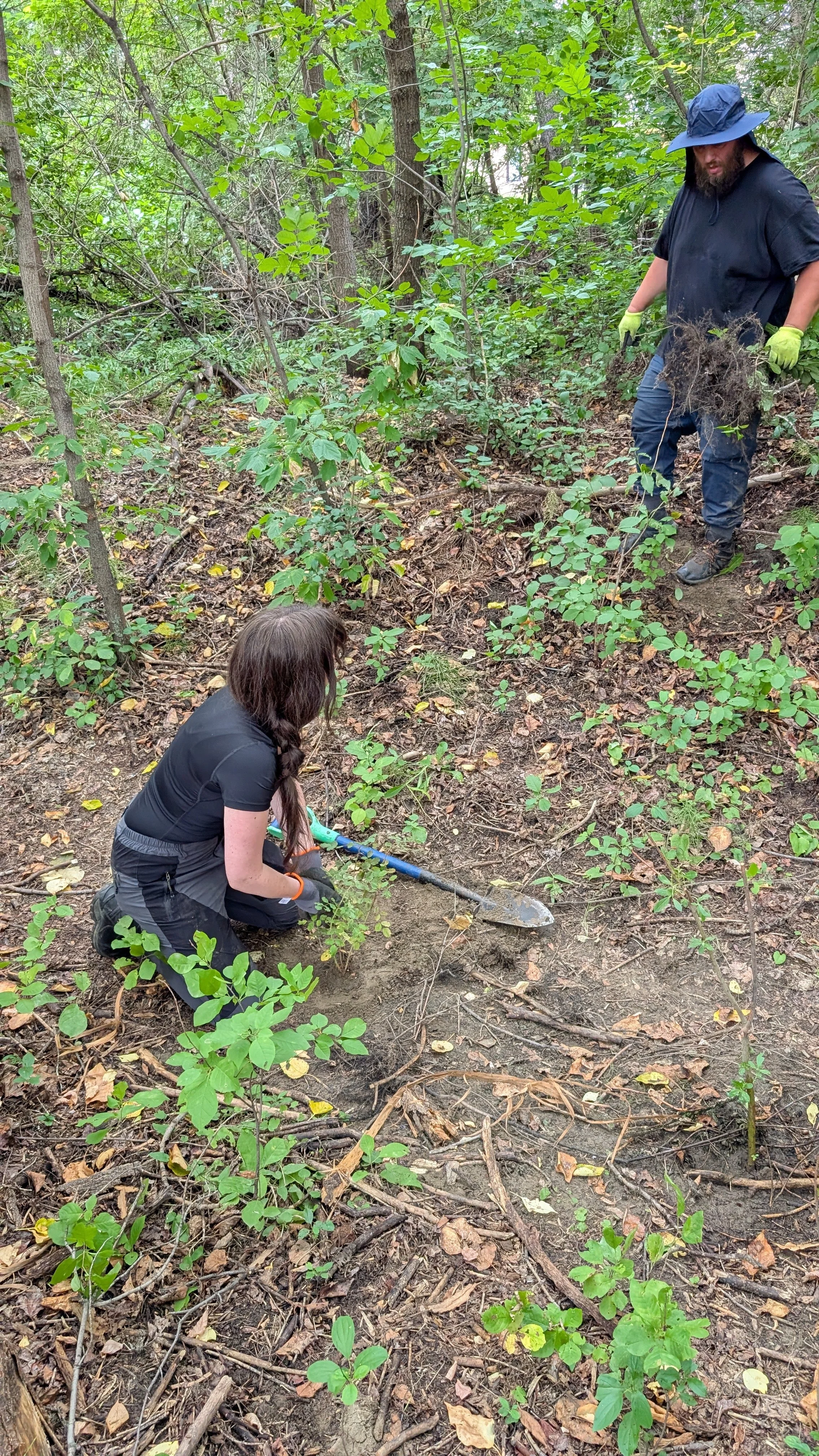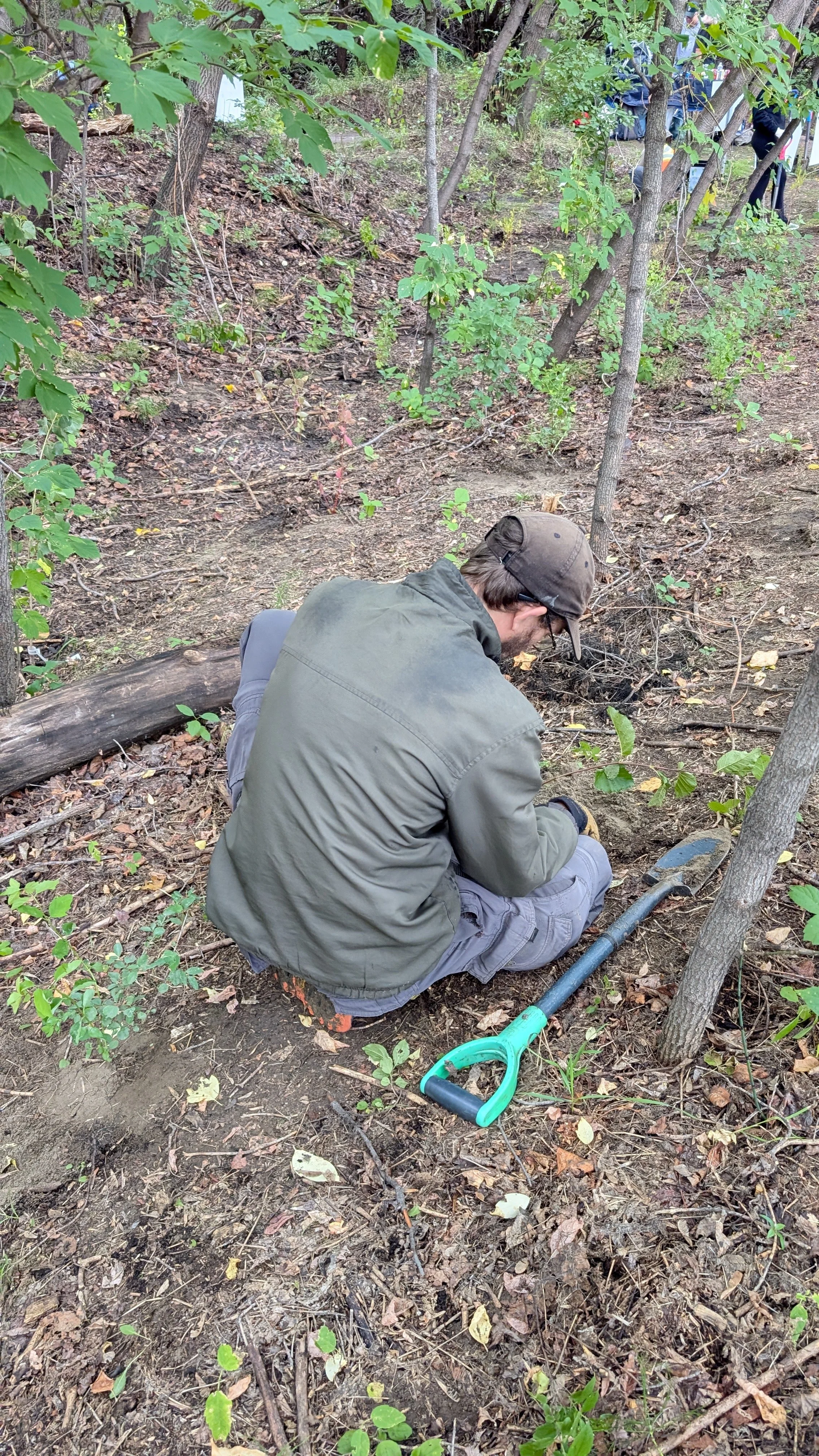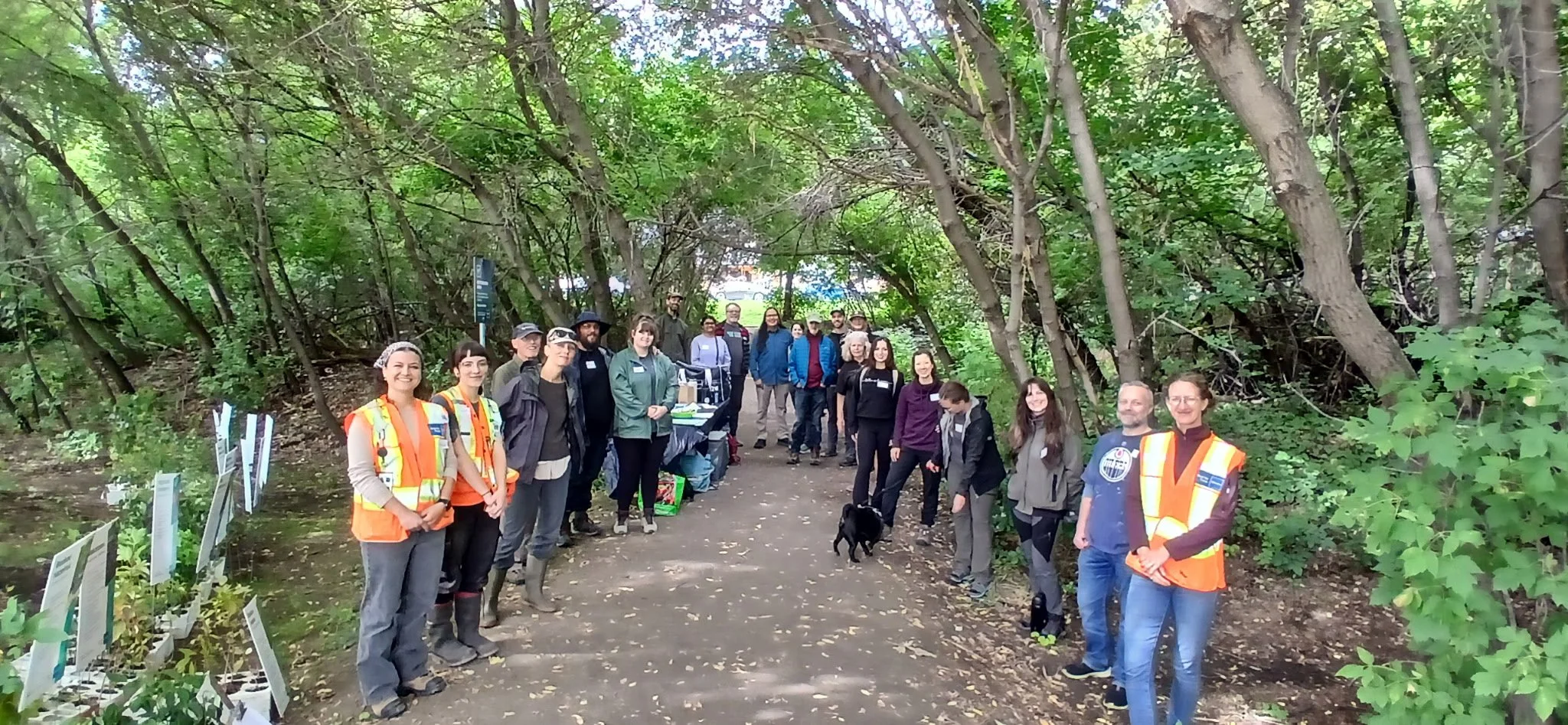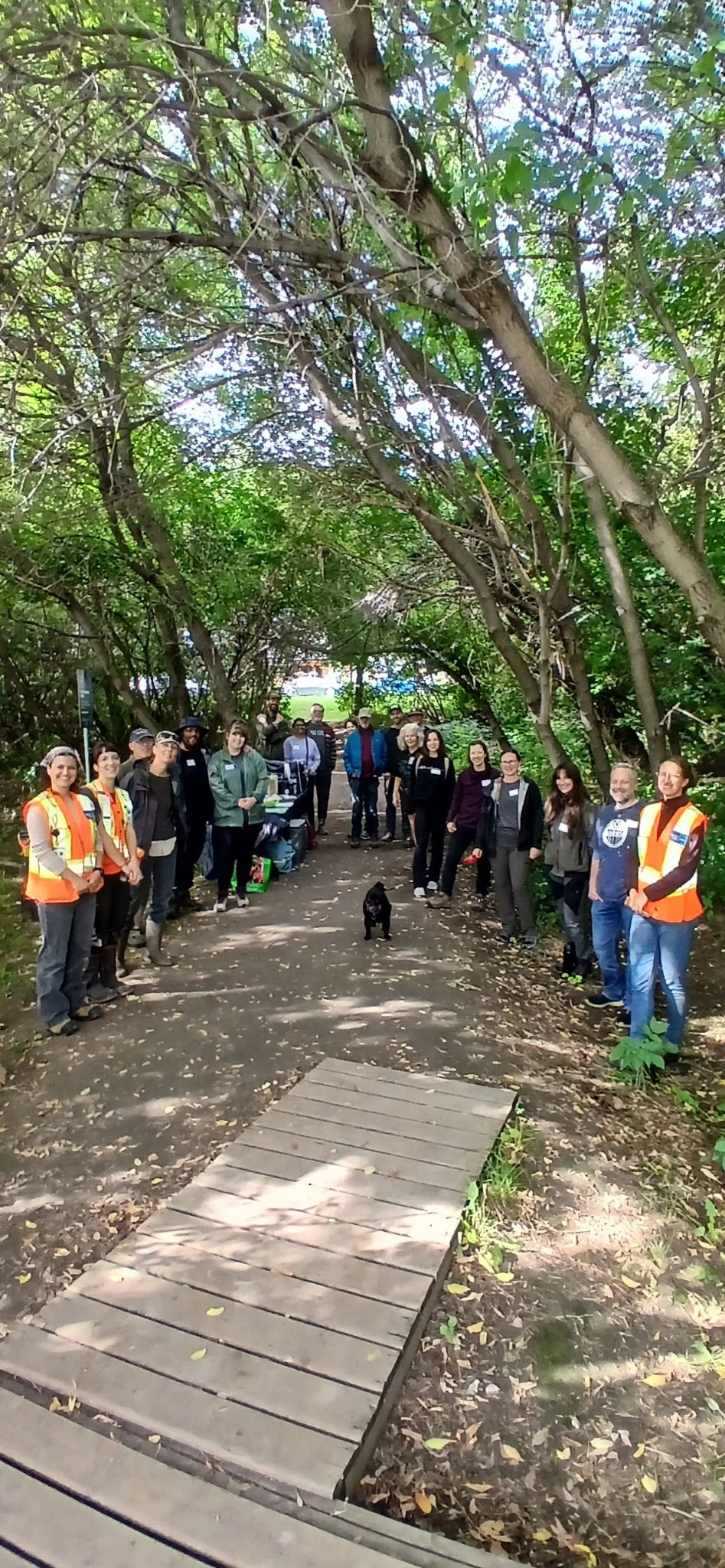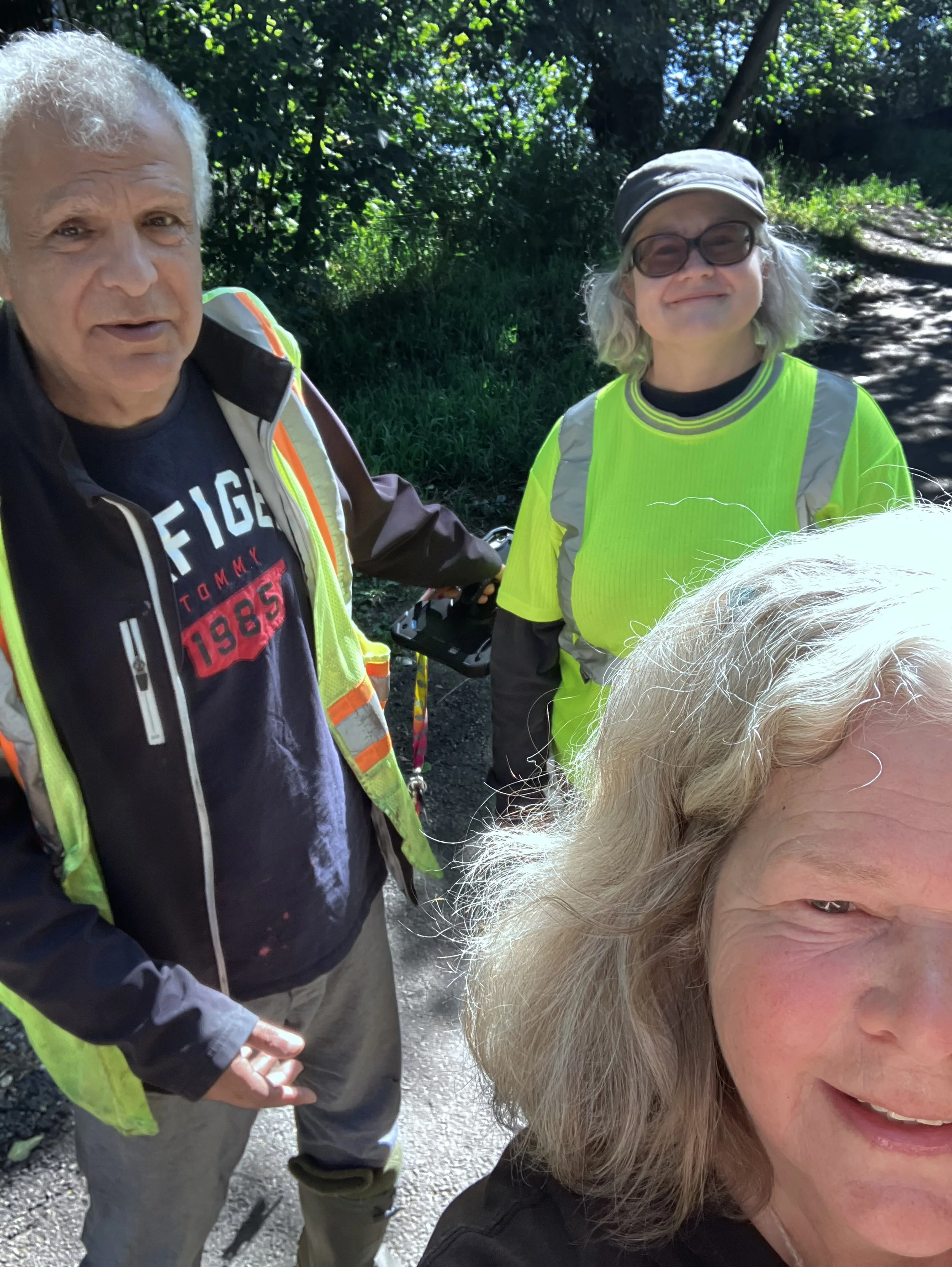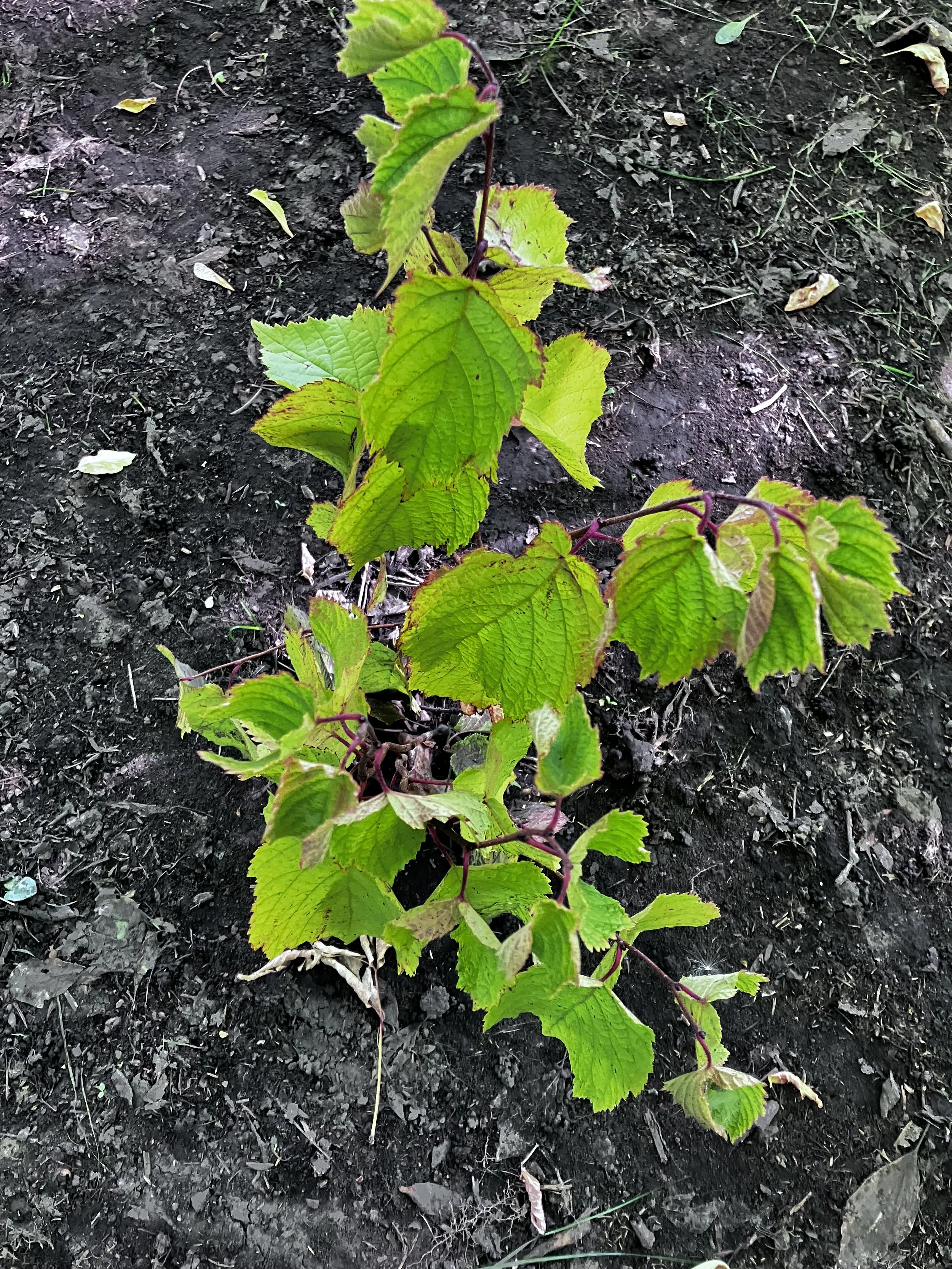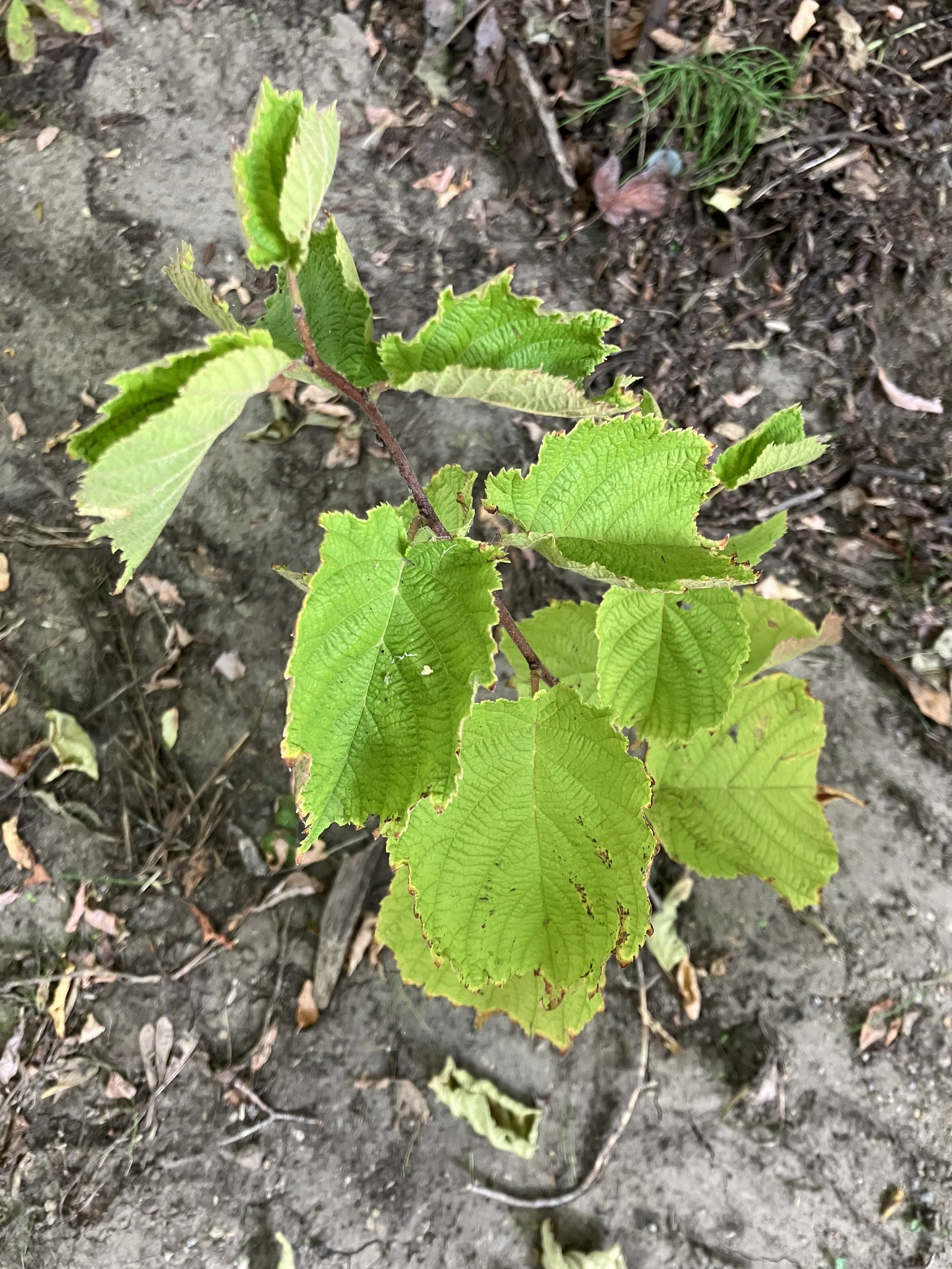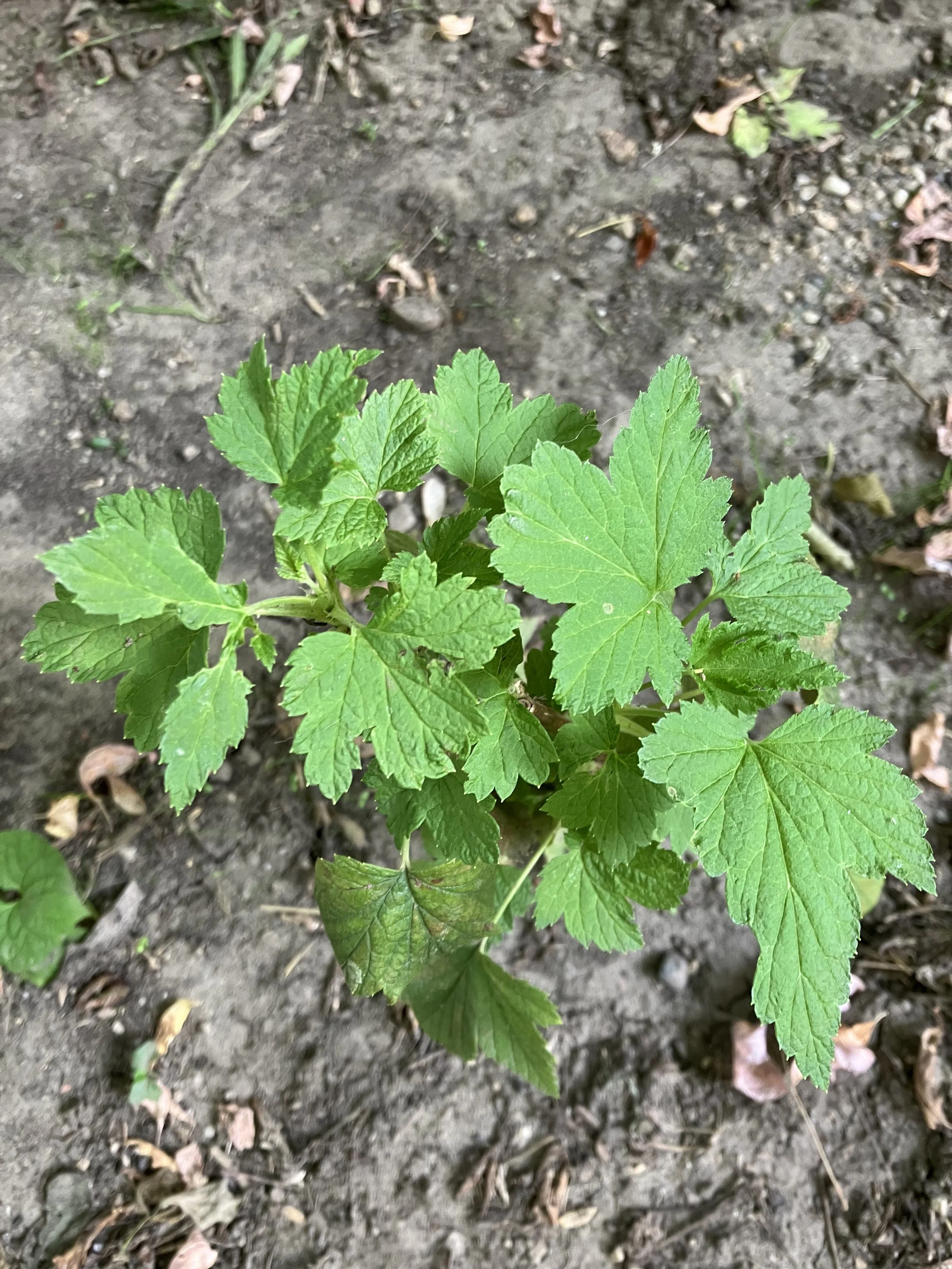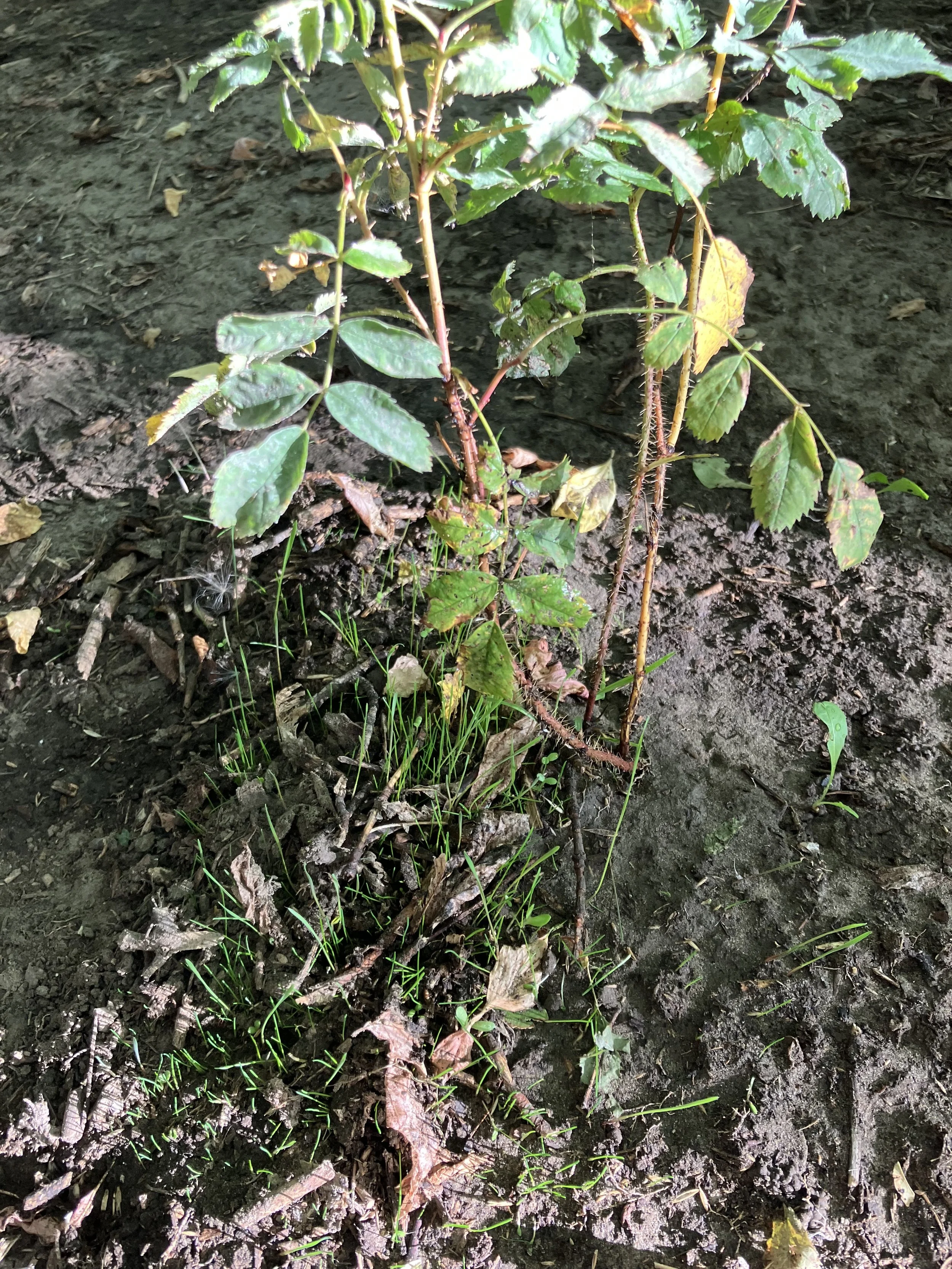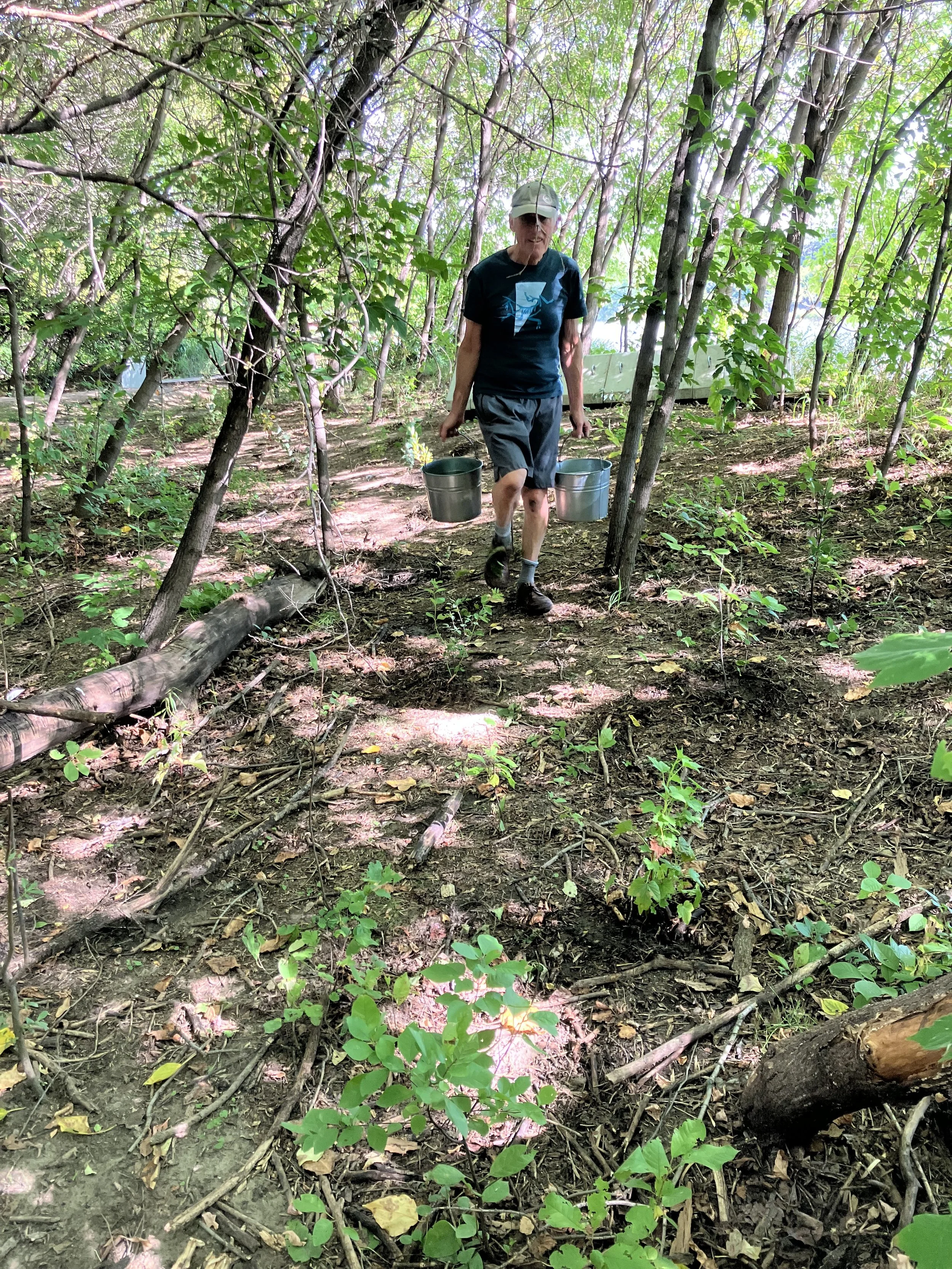Dawson Park Restoration Project
After a bike trail was illegally cut through a sacred area in Dawson Park, ERVCC encouraged the Edmonton Mountain Bikers and the City of Edmonton to collaborate with us to remove the trail from biking maps. The Mountain Bikers then stayed off the trails, and the city marked the area for restoration. With great support from the city of Edmonton, we then restored the area for the ongoing use of First Nations . Please help us respect this sacred area by learning more. Watch a short slideshow of the restoration project in the block below. (To respect First Nations ceremony, we will not show pictures of the “prayer flags” placed in this protected space).
A 2 minute slide show
Learn more below
Running through and connecting us all
water
As ERVCC undertakes our restoration work, we are reading this document and, more importantly, learning from those with deep connections to these lands. We appreciate any help as we work to decolonize our approach to River Valley Relationships. We know Mother Earth can heal without us, but hopefully our small acts of reciprocity will help others see beauty and encourage respect for this small part of Treaty 6 land.
Thank you to the Naturalization team from the City of Edmonton. The City is helping us with relationships and education to inform the community about the importance of entering all of the valley with a sense of wonder, respect and reciprocity.
We also thank Park People and their Cornerstone Park Program. Park People is helping us strengthen our organization and empowering us to promote better relationships with the River Valley Lands and all people of amiskwaciy-wâskahikan.
See our Events Page if you would like to help with this and other projects. Our work will include a short documentary movie that will be screened on September 25. The movie will introduce you to the land and its deep connections to First Peoples.
Top left to bottom right photos from first work bee on May 24 2025:
1) Scratching the soil so seed can take 2) Cleaning up and going home via the Dragon Boat trail 3) Planting native plants and more soil raking and seeding 4, 5, & 6) Seed mix and single seed sourced and supplied by City of Edmonton 7) beaked hazelnut 8) Giant Hyssop planting
Project Photos taken from June 16, 2025 through until The August 16 Tree Planting Event
Burdock, Canada Thistle, and European Buckthorn is being removed and the area has been seeded heavily with native grasses and forbs. Shade tolerant plants have been added, including: Canada Violet, Viola Adunca, Five Star Solomon’s Seal, Philadelphia Fleabane, Giant Hysopp, Asters, and Obedient Plant. The grasses are just starting to emerge after all the rain.
It is exciting to see the fine native grasses we sowed popping up (last two photos).
Below: Willow photo 1 & 3, Chokecherry photo 4 & 7. Notice the seed mix sprouting up a couple inches (photo 5). Pulling Burdock and Common Buckthorn. Long styled sweet cicely revealed after Budock pulled (photo 8). Planting more Canada Violet and asters (Photos 2 and 6). We doubt pulling buckthorn and burdock will be sustainable even on a small scale like this, but it is an experiment.
The seed mix is creating a faint green blush in the understory.
More willow and saskatoon (4 total) planted in July. We also scratched more earth and sewed the last of the seed mix. More Common Buckthorn was pulled but there are still large mature buckthorn “trees” we need to cut. We had a plant expert ensure we could all properly ID buckthorn at all stages of growth. It’s pretty easy to ID buckthorn once it is mature (see our page on “Our Kin” for ID tips). We planted more Canada Violet and watered everything well by bringing buckets of water up from the river. Photos L to R: planted natives and seed mix sprouting, fleabane, Golden Rod, one of our buckthorn piles.
By mid July we have logged over 60 volunteer hours and learned more about the area from Dragon Boat Club members. Through a grant, the boat club planted willows around their dock, hoping to help with erosion. ERVCC pulled Tansy from around the willows to give them a boost. Most of the willow was eroded historically because a high water event washed them away. We are very uncertain that weed pulls are the way to go in the long run, as Tansy seems here to stay, but since this is a small area, we are experimenting. In the long run we wonder if our efforts will be sustainable. Can we maintain this small area to appear as if settlement is not all around us? A First Nations Beaver Bundle holder suggests we should learn from the settler plants rather than waging war on them. Below pictures of Tansy pulls and willow liberation.
August 16 Tree Planting with the City of Edmonton, Riverdale Community members, and The Edmonton Dragon Boat Club.
On August 16 2025 10 am, The City of Edmonton Arrived with a huge amount of shrubs and native trees suitable for planting in the Aspen Parkland region.
To start our work off in a good way and to honor the land, Lloyd Cardinal shared a prayer and a song. Lloyd explained the connections First Nations have had to this very special site over time. Lloyd explained how to honour the area by not severing others prayers and ceremony. He explained how ceremony has been shared in this area for decades. To learn more speak with someone who is First Nations to understand how prints or “flags” carry sacred prayers and intentions.
Over three hours 20 volunteers managed to plant all our plant kin throughout the site. We shared snacks and drinks and some gifts from the land like seeds. To view an educational pdf of all we planted on August 16 click here.
Watering and after care
After planting, we hand-watered using buckets filled from the river. A few days later, we met the watering crew and walked the area with them to ensure they knew where we planted so they could water once with a hose. August 25 to August 31, the days were very hot and dry, so ERVCC did additional watering with buckets. With extra watering during the heat wave, our babies are all doing well, and the seed that was scattered into each planting area has sprouted nicely.

